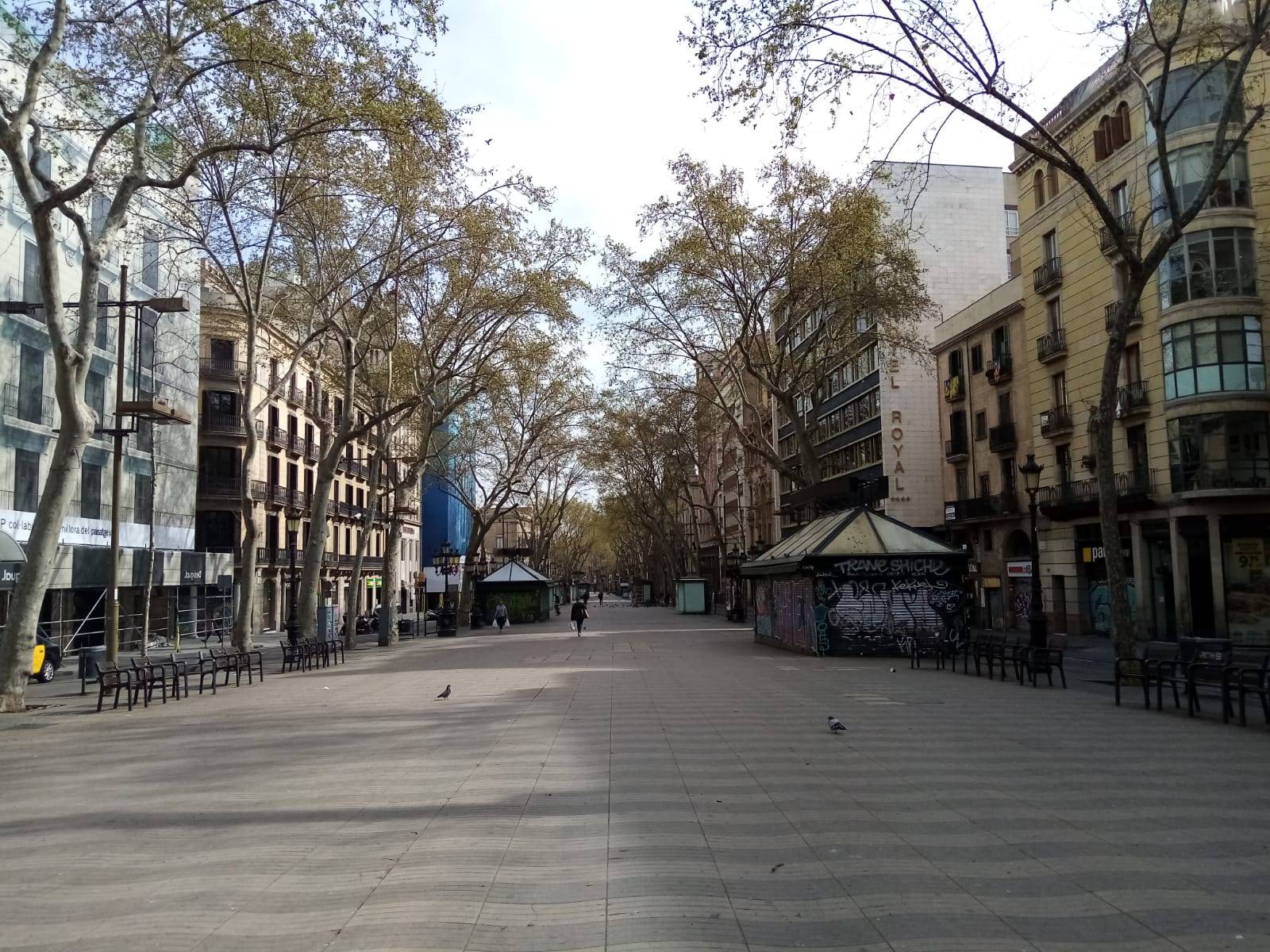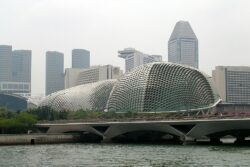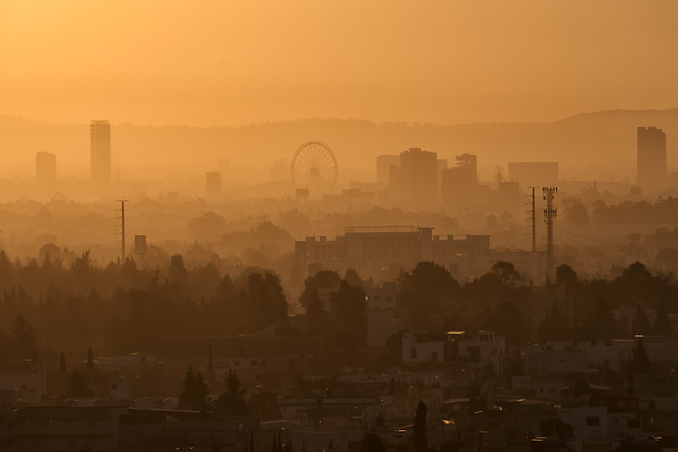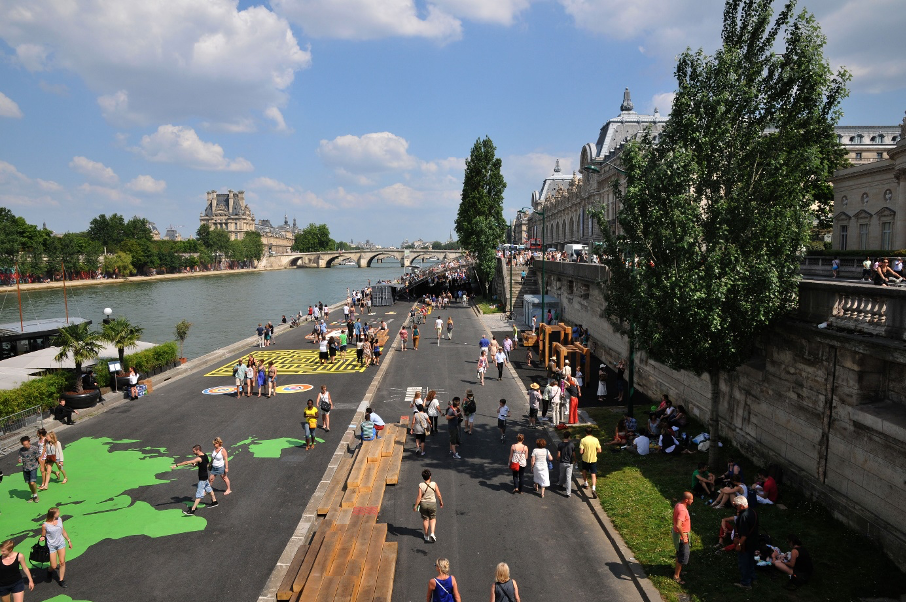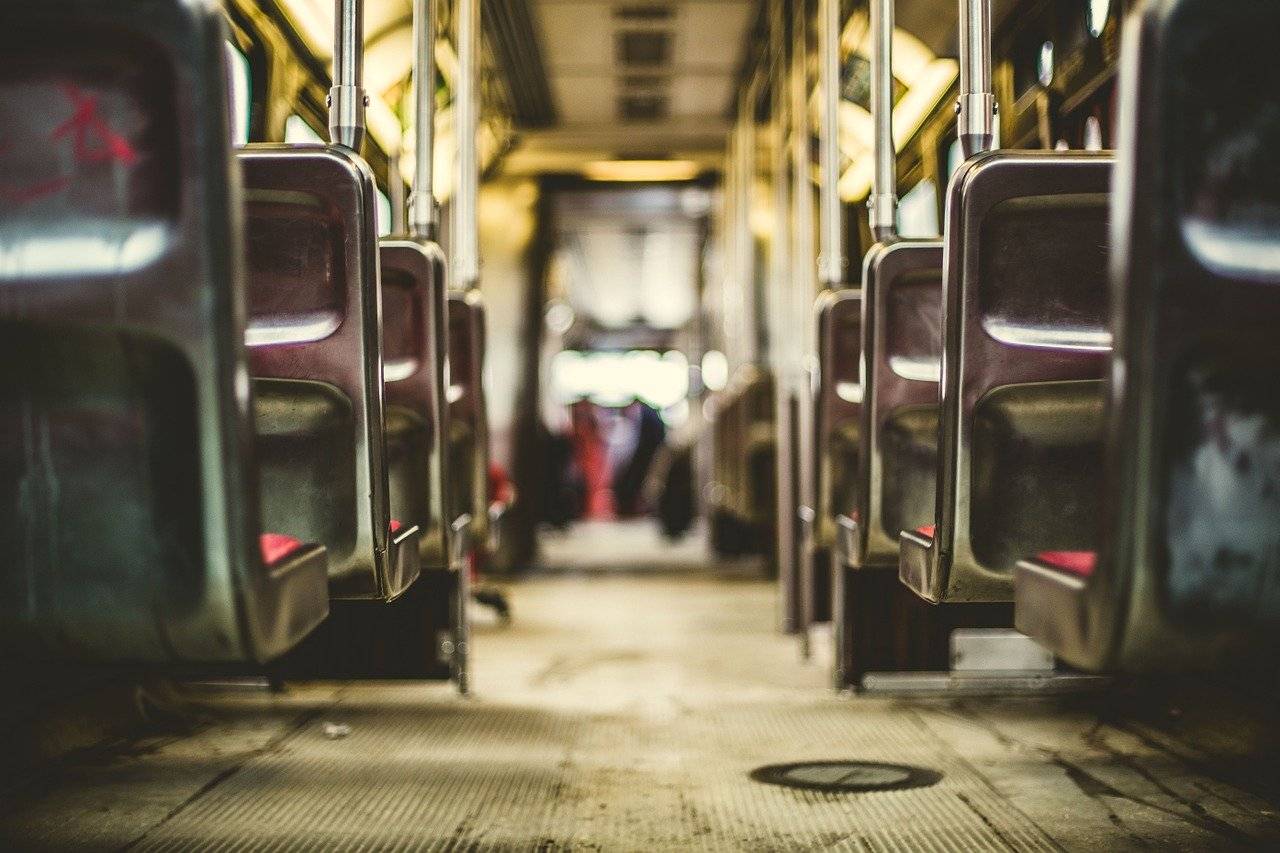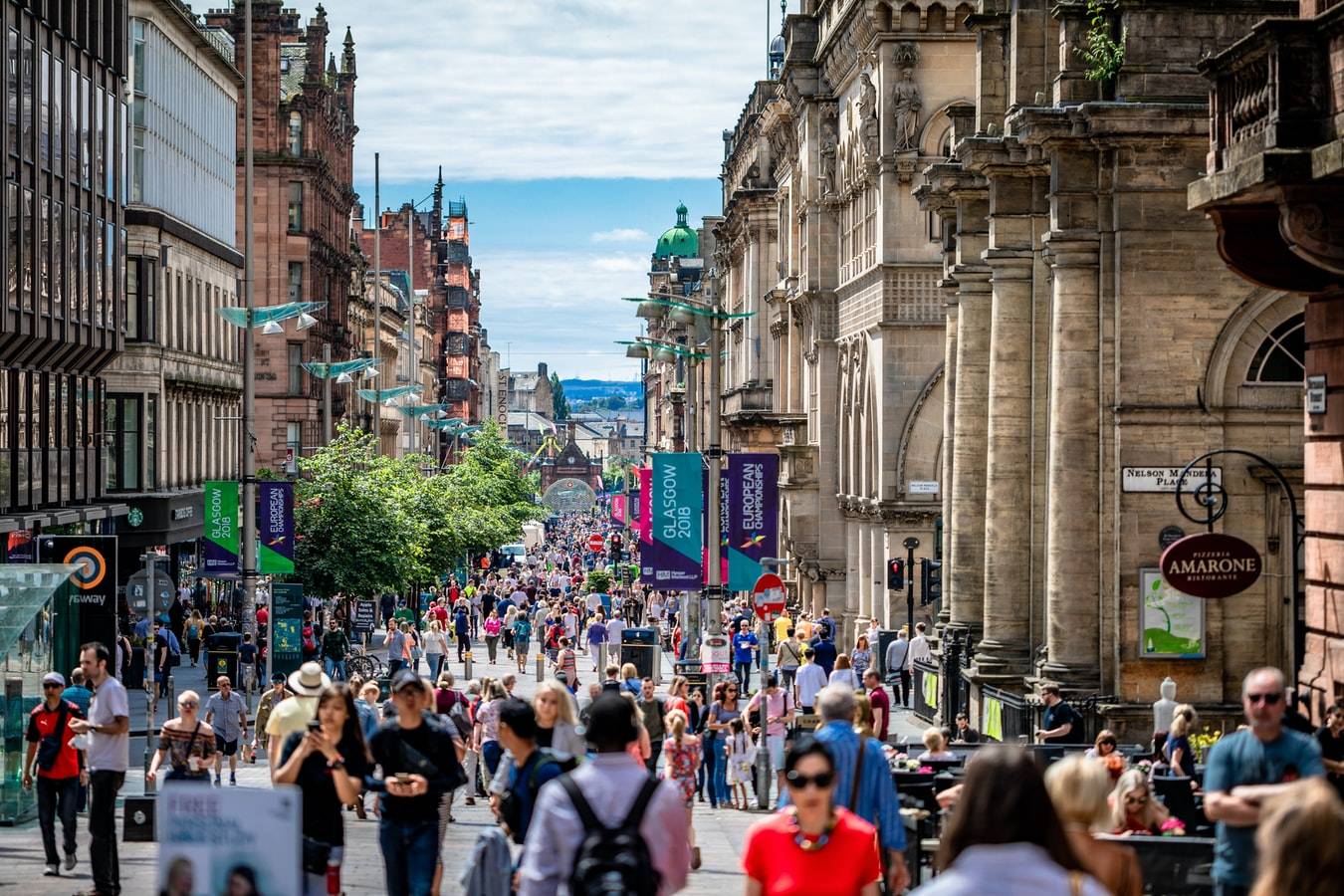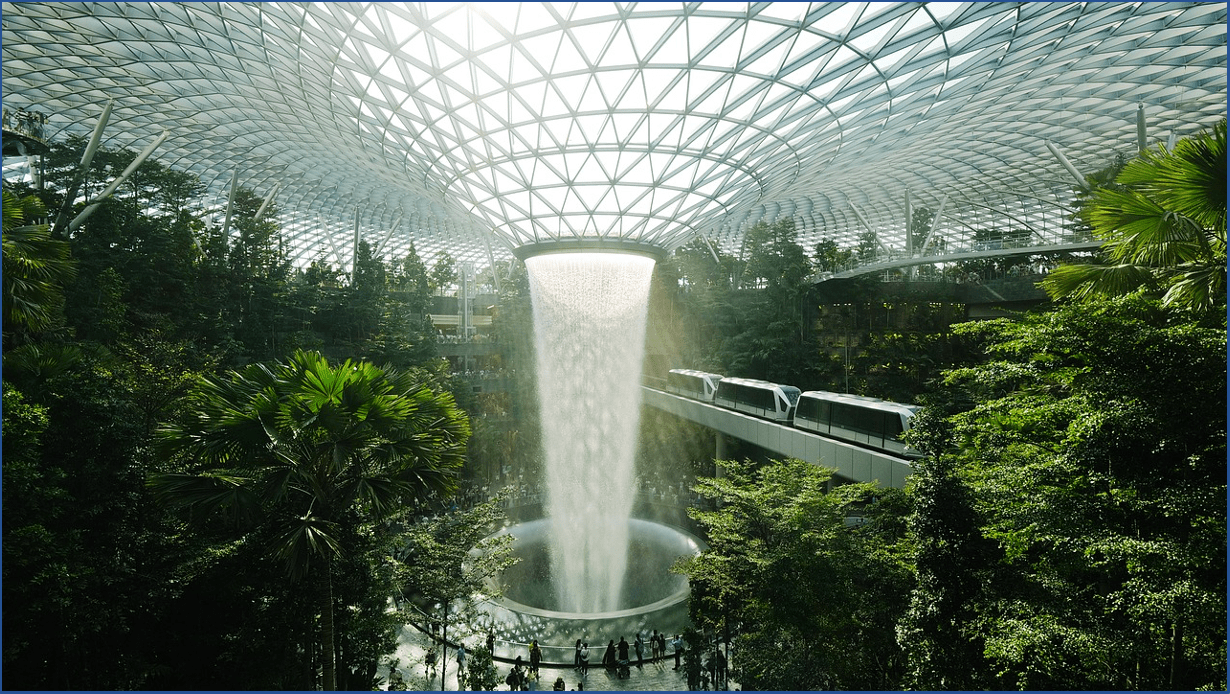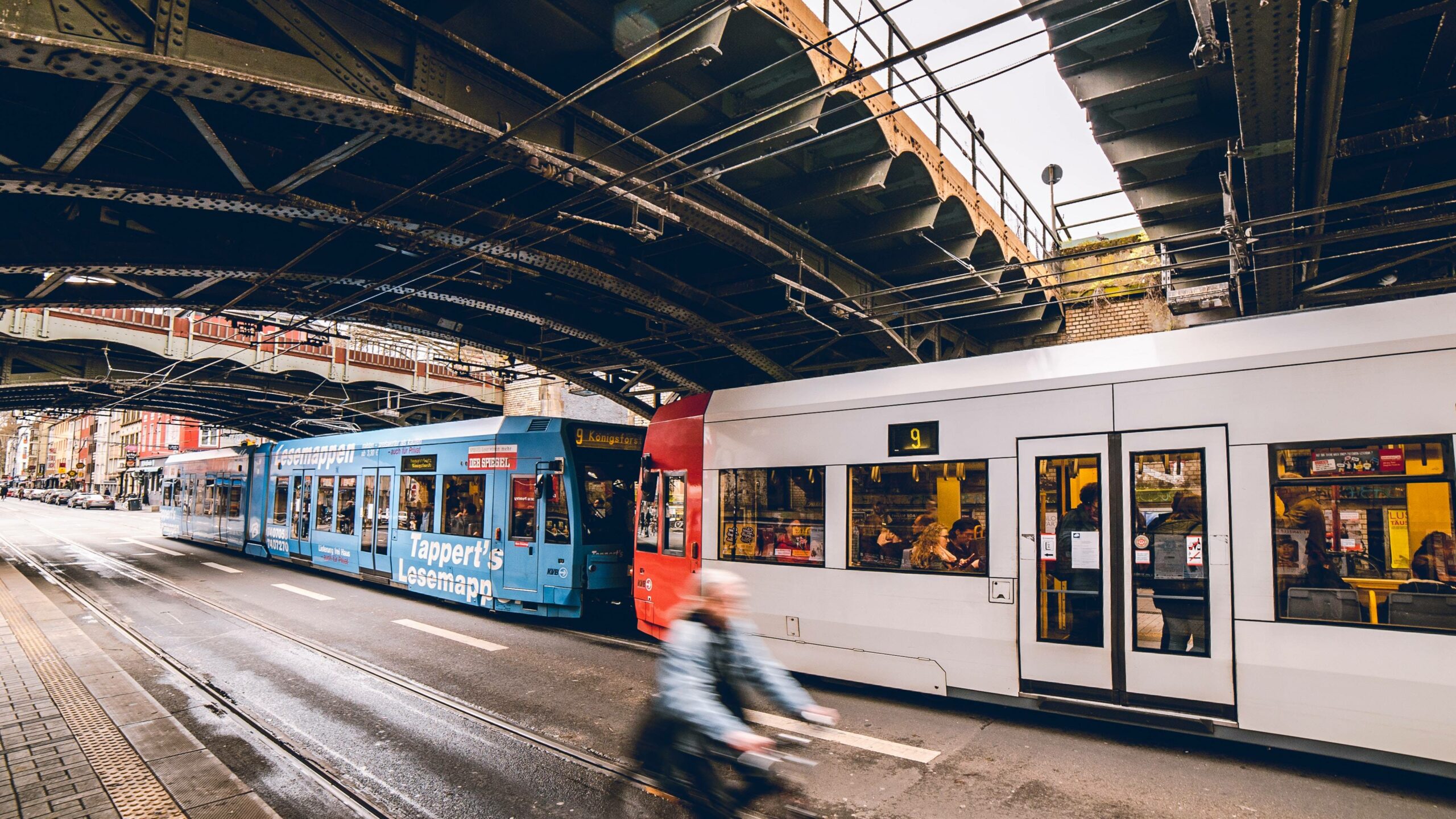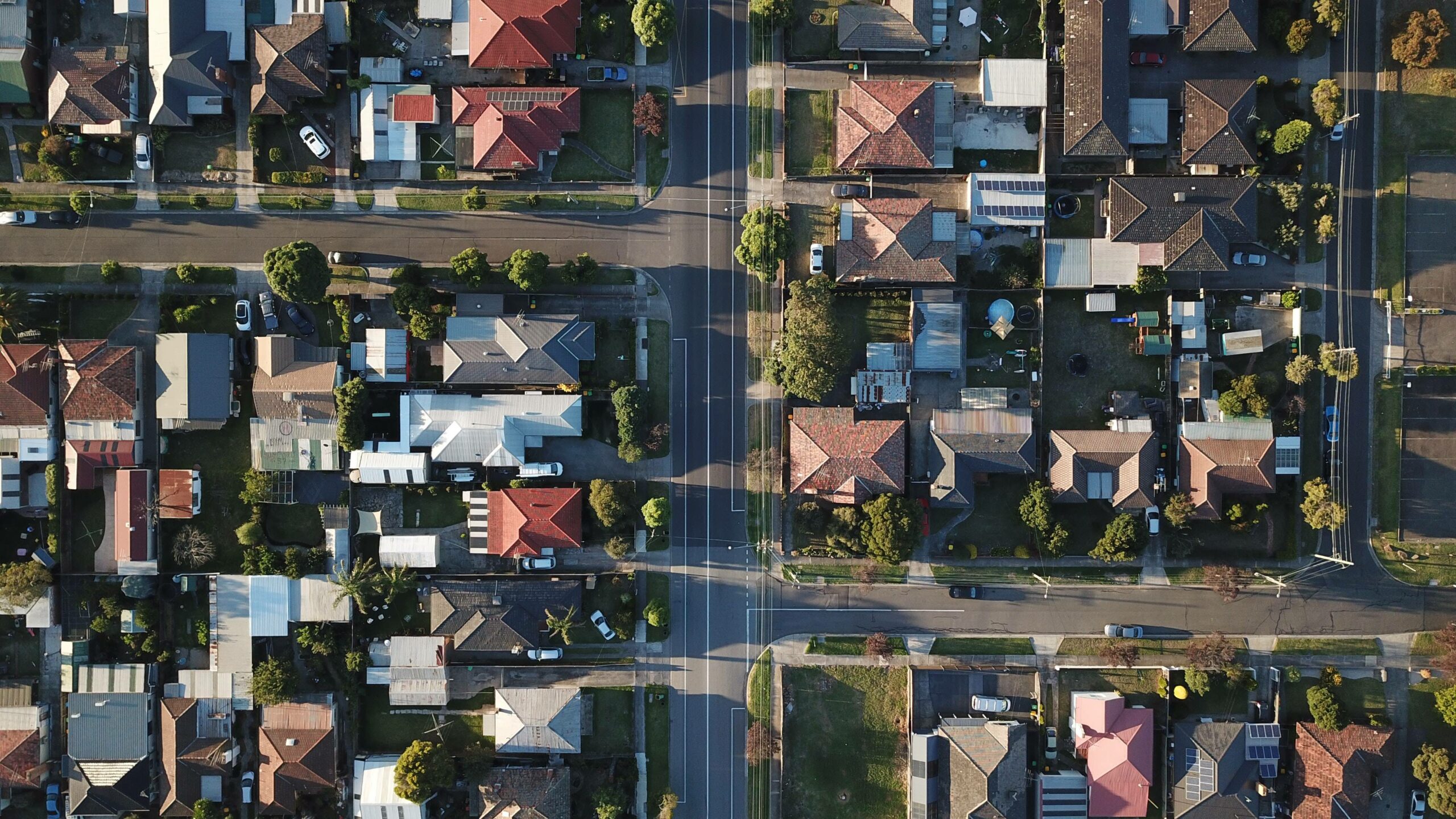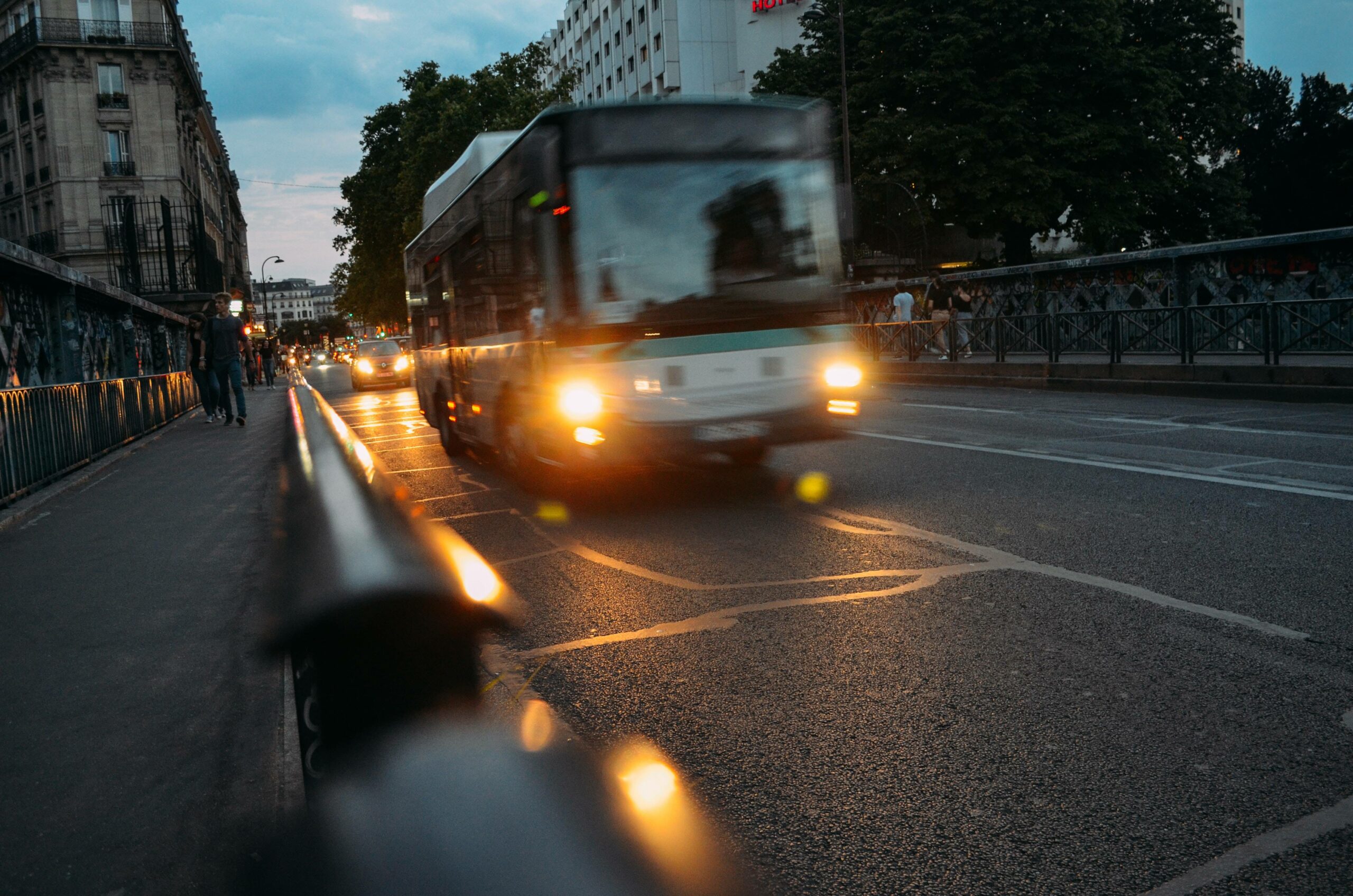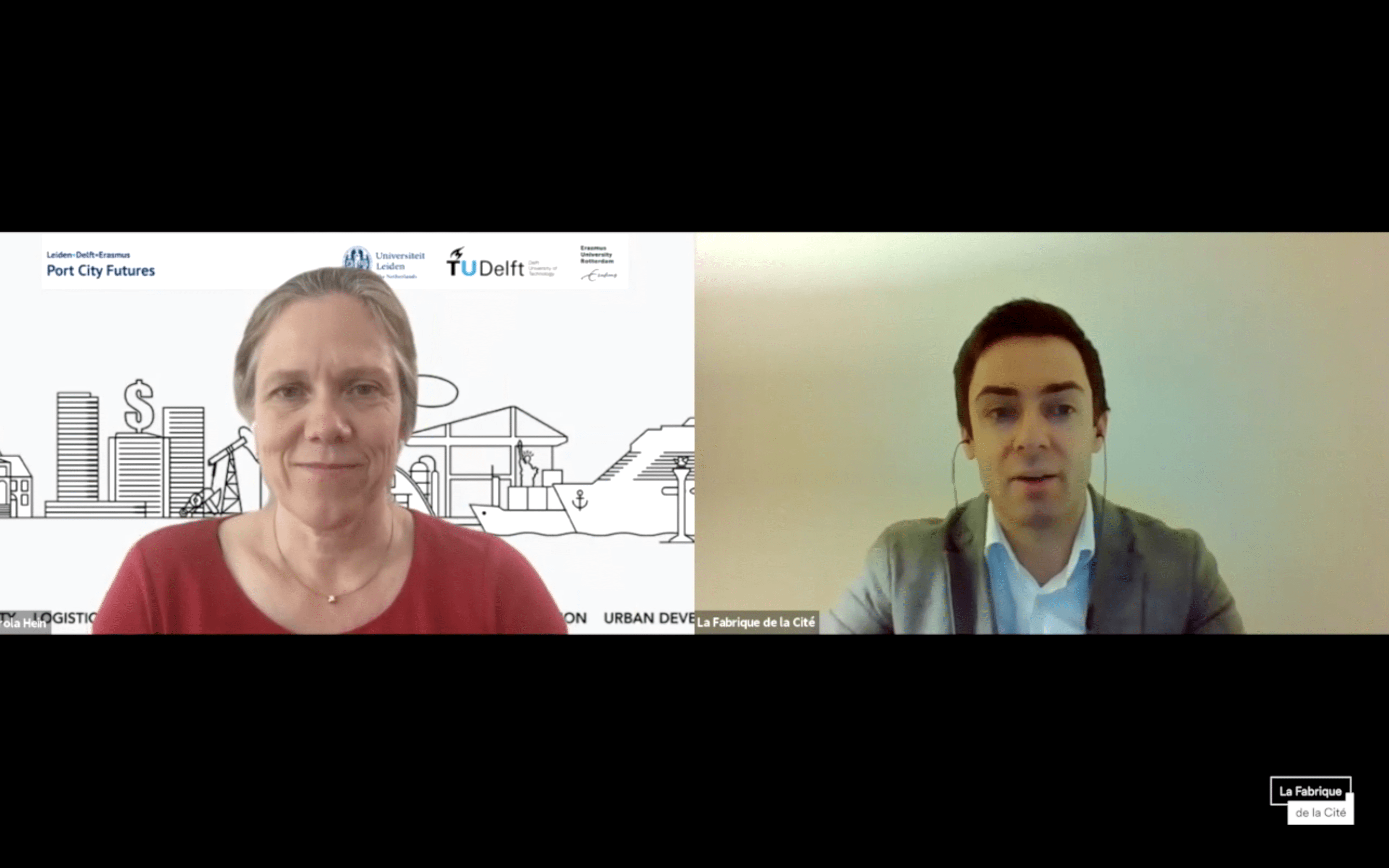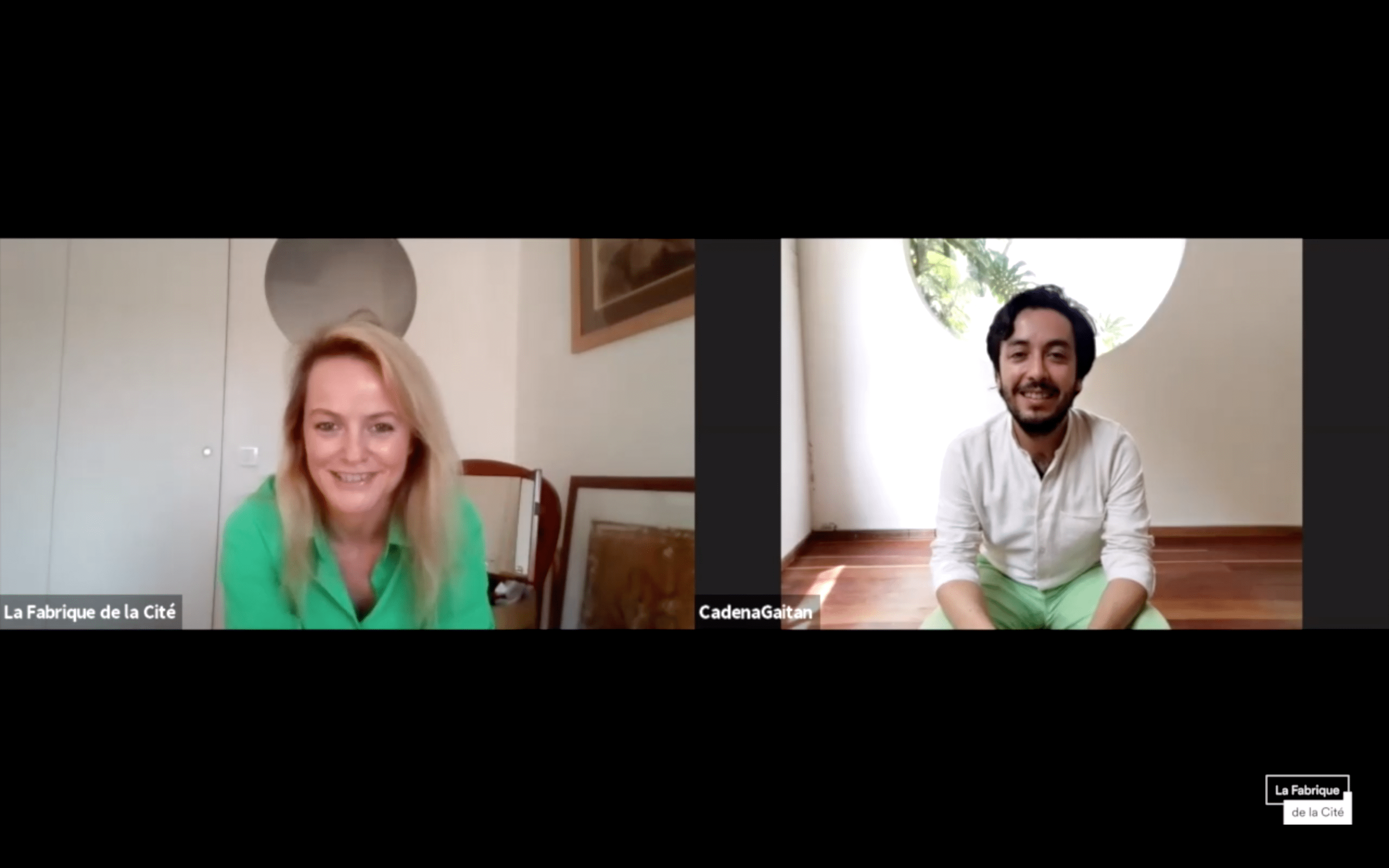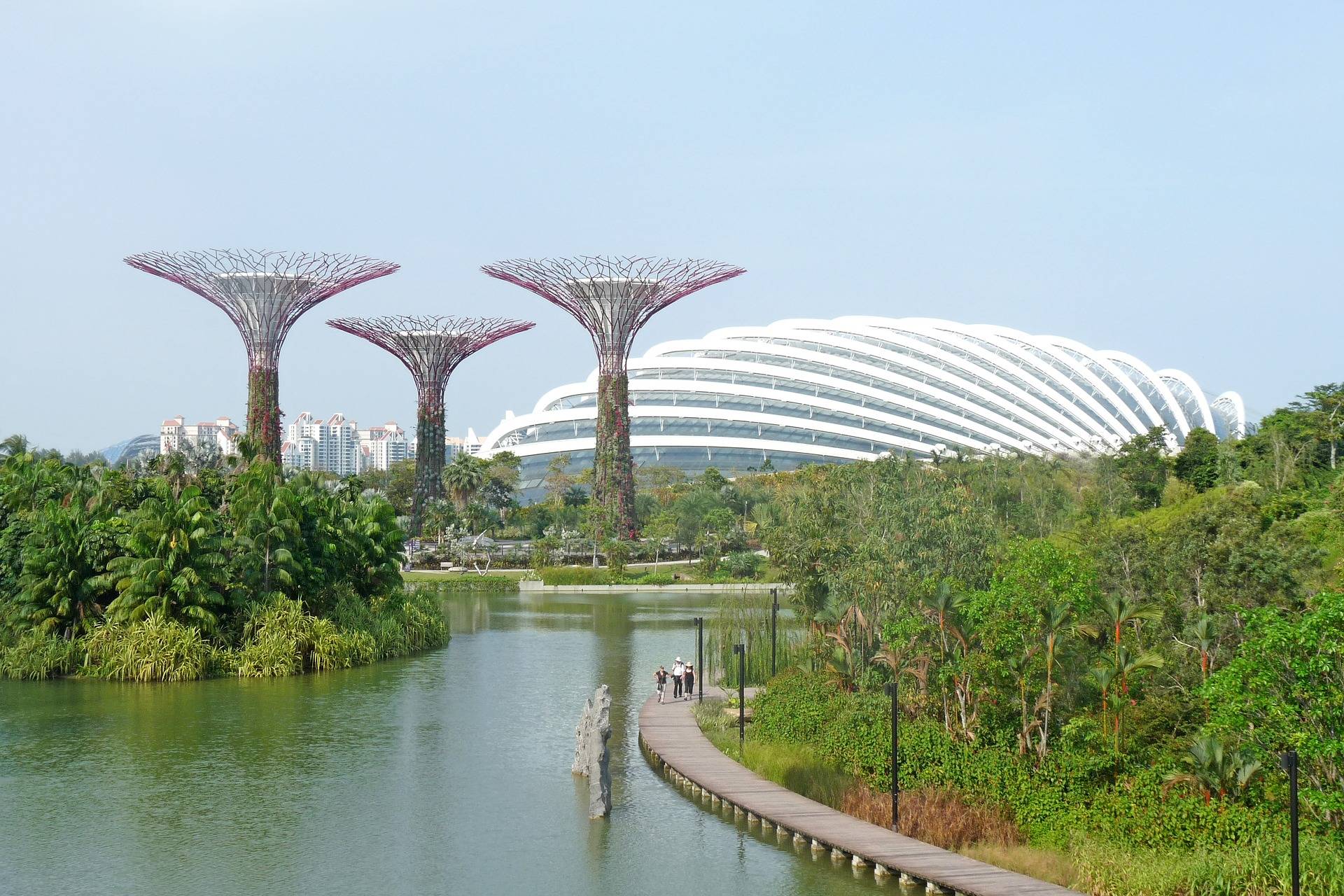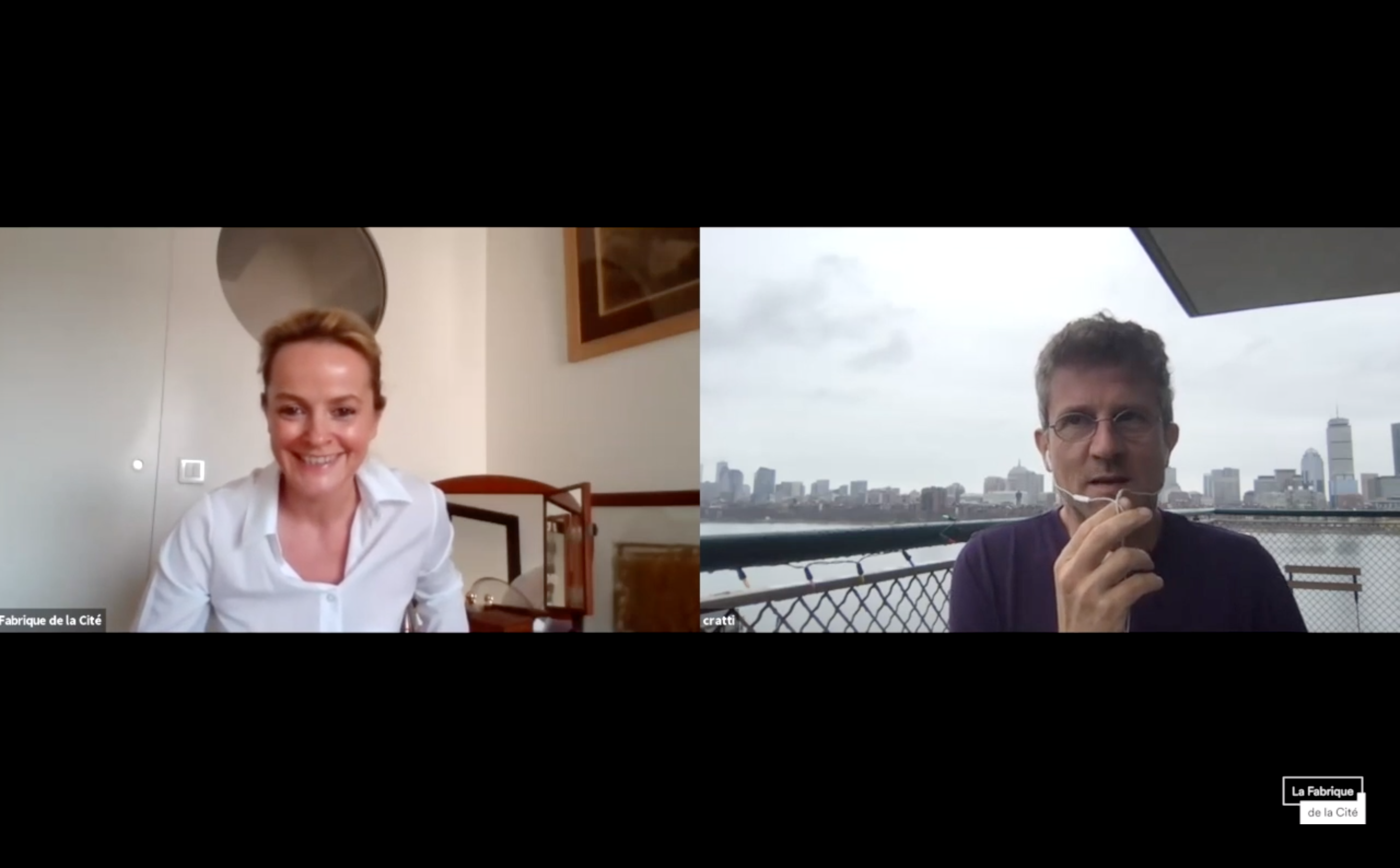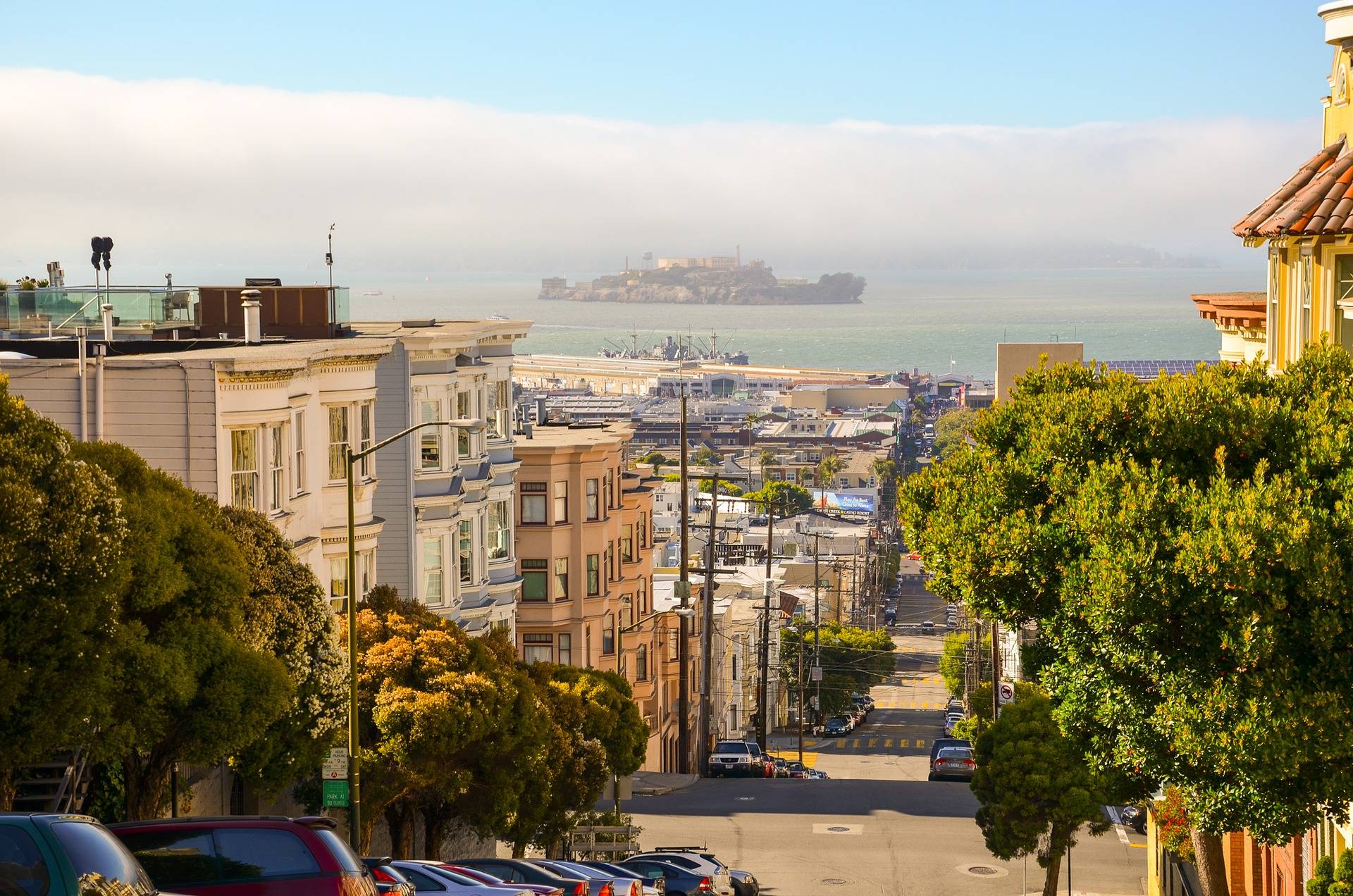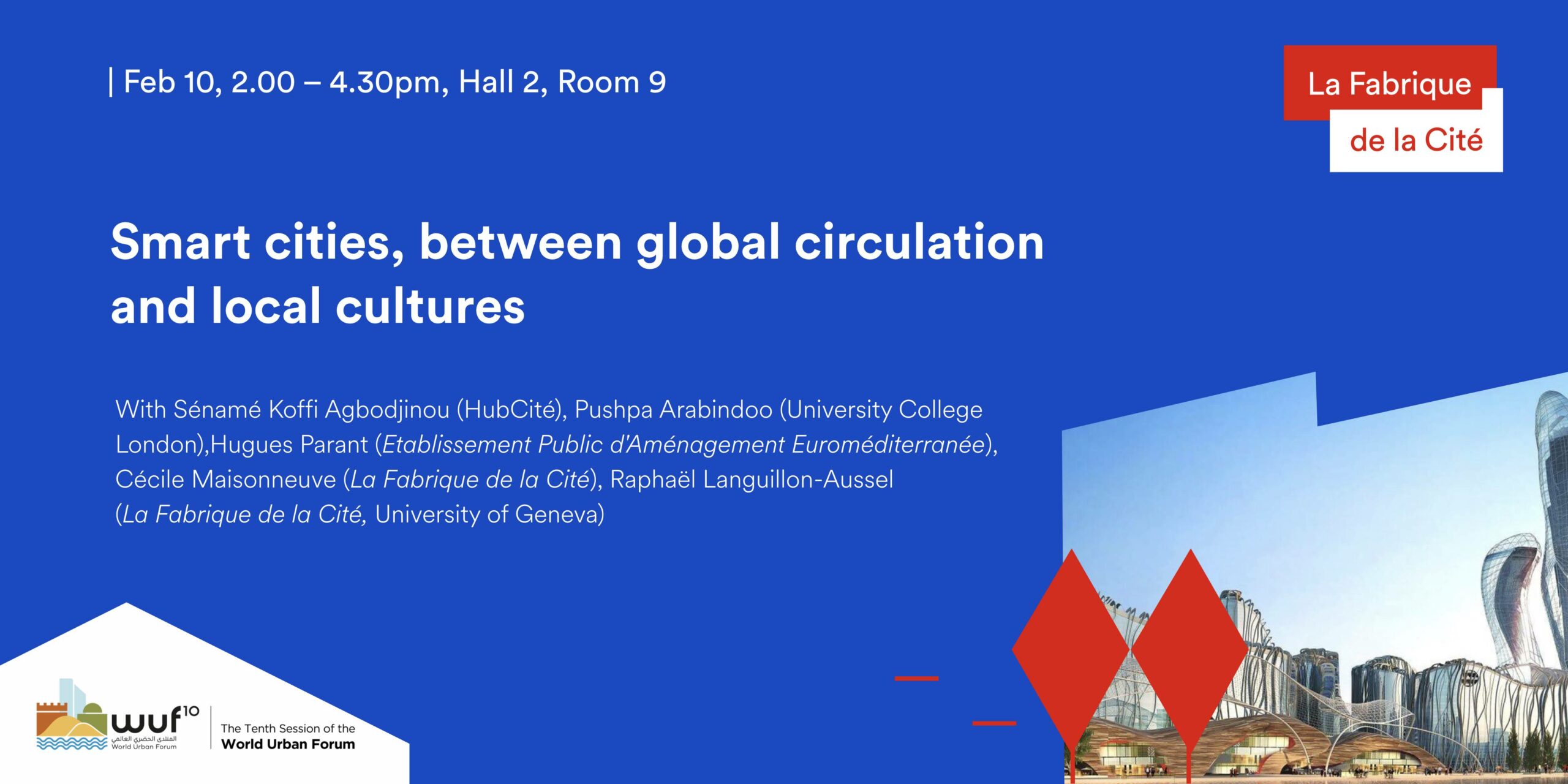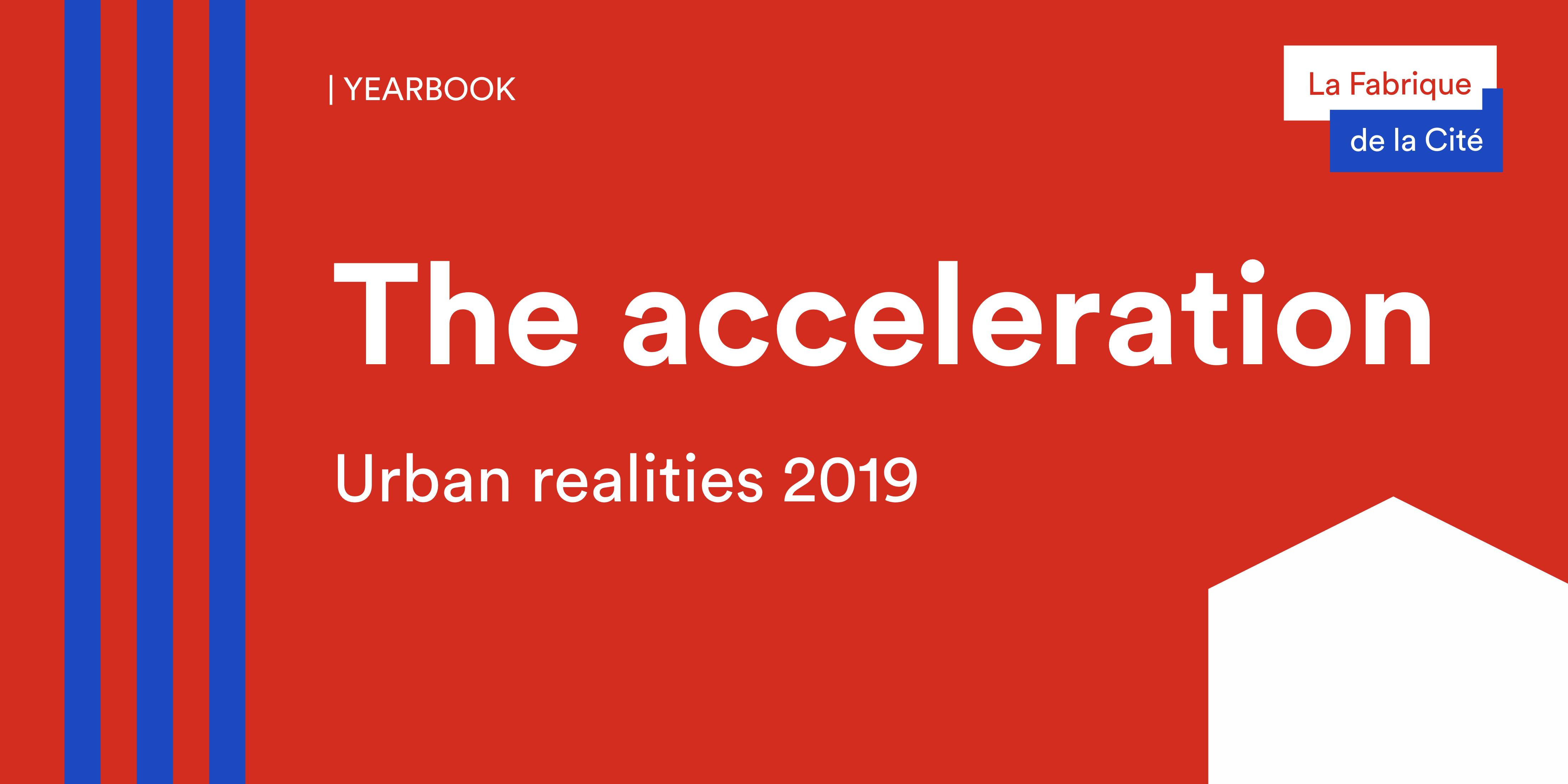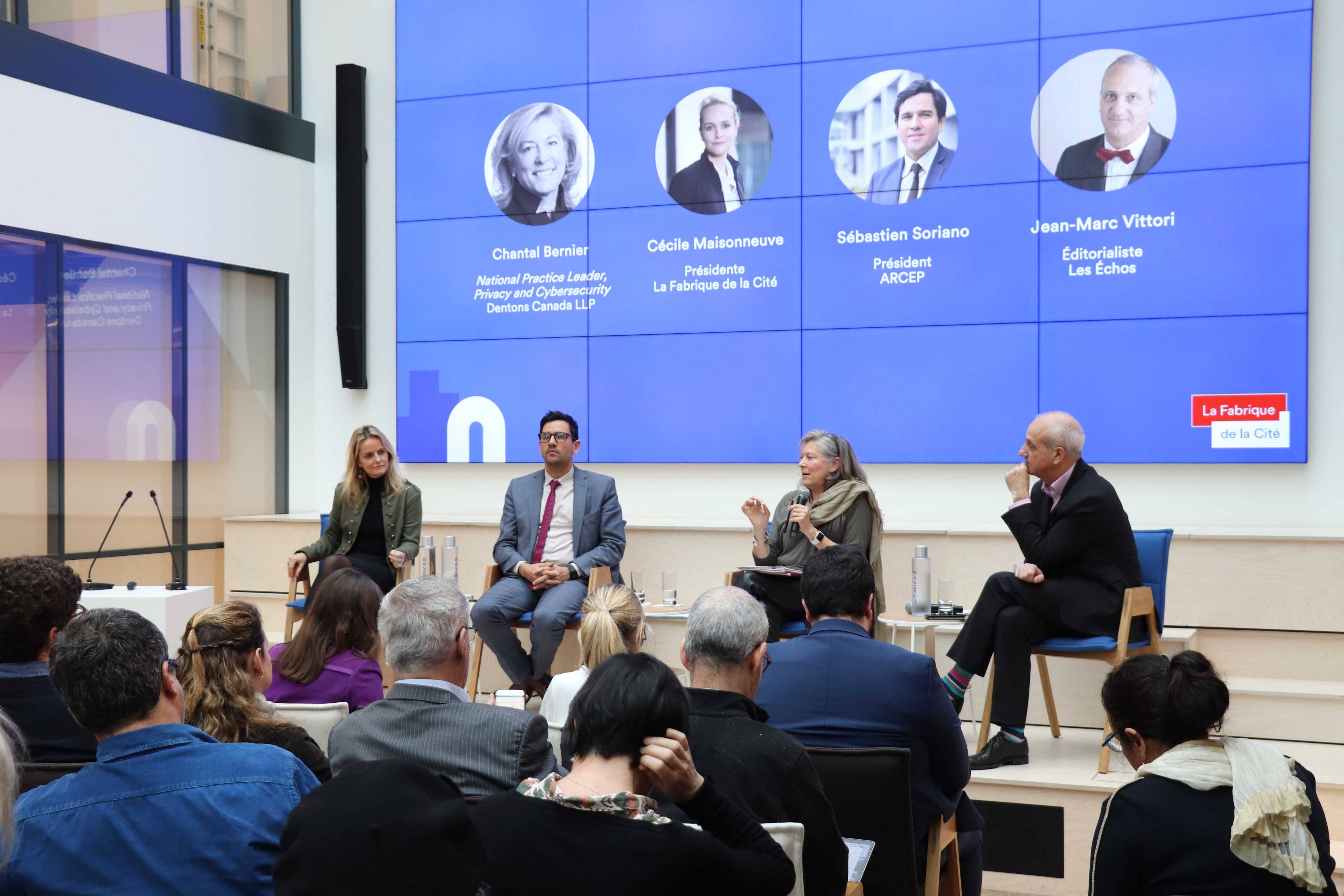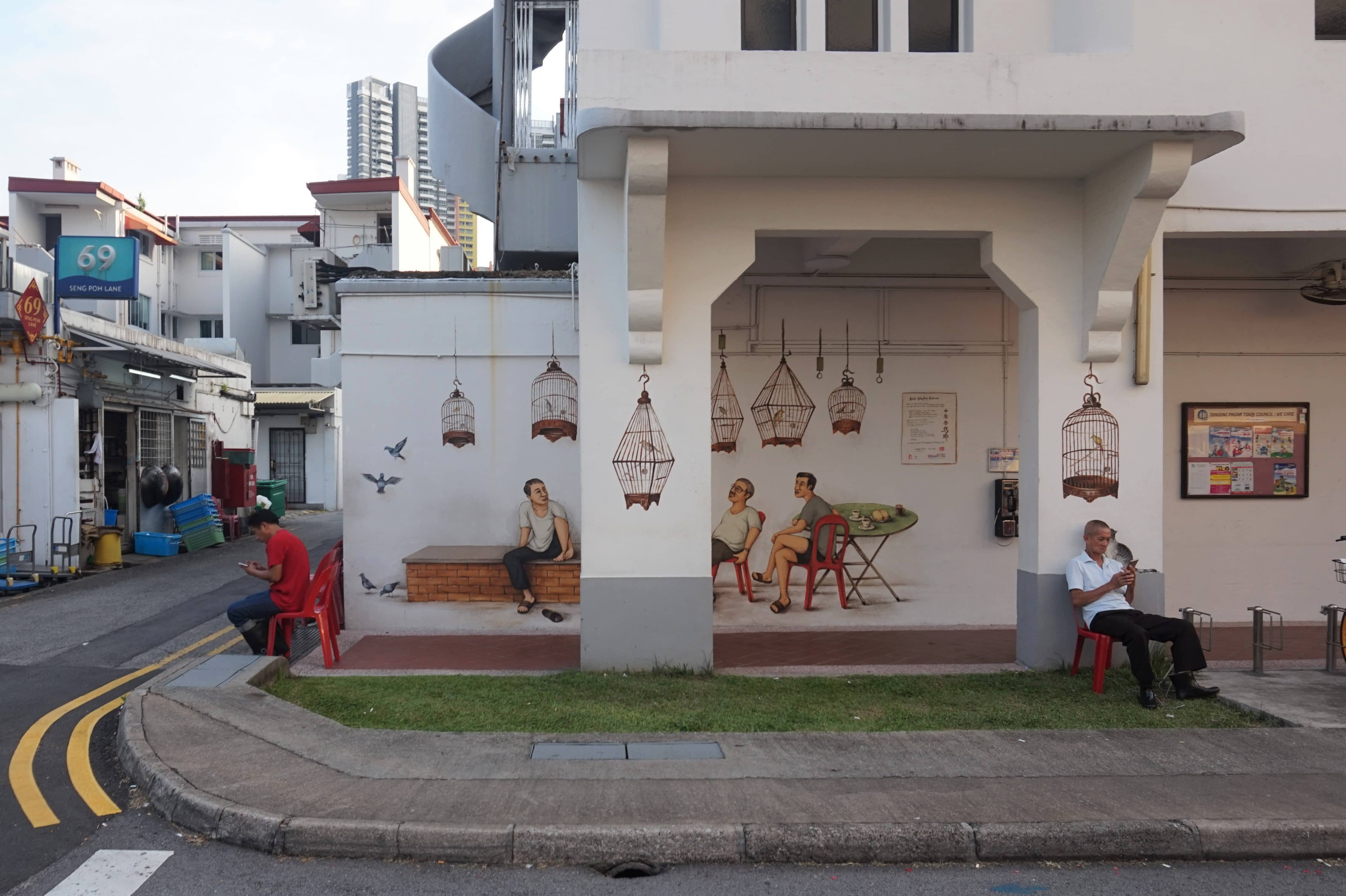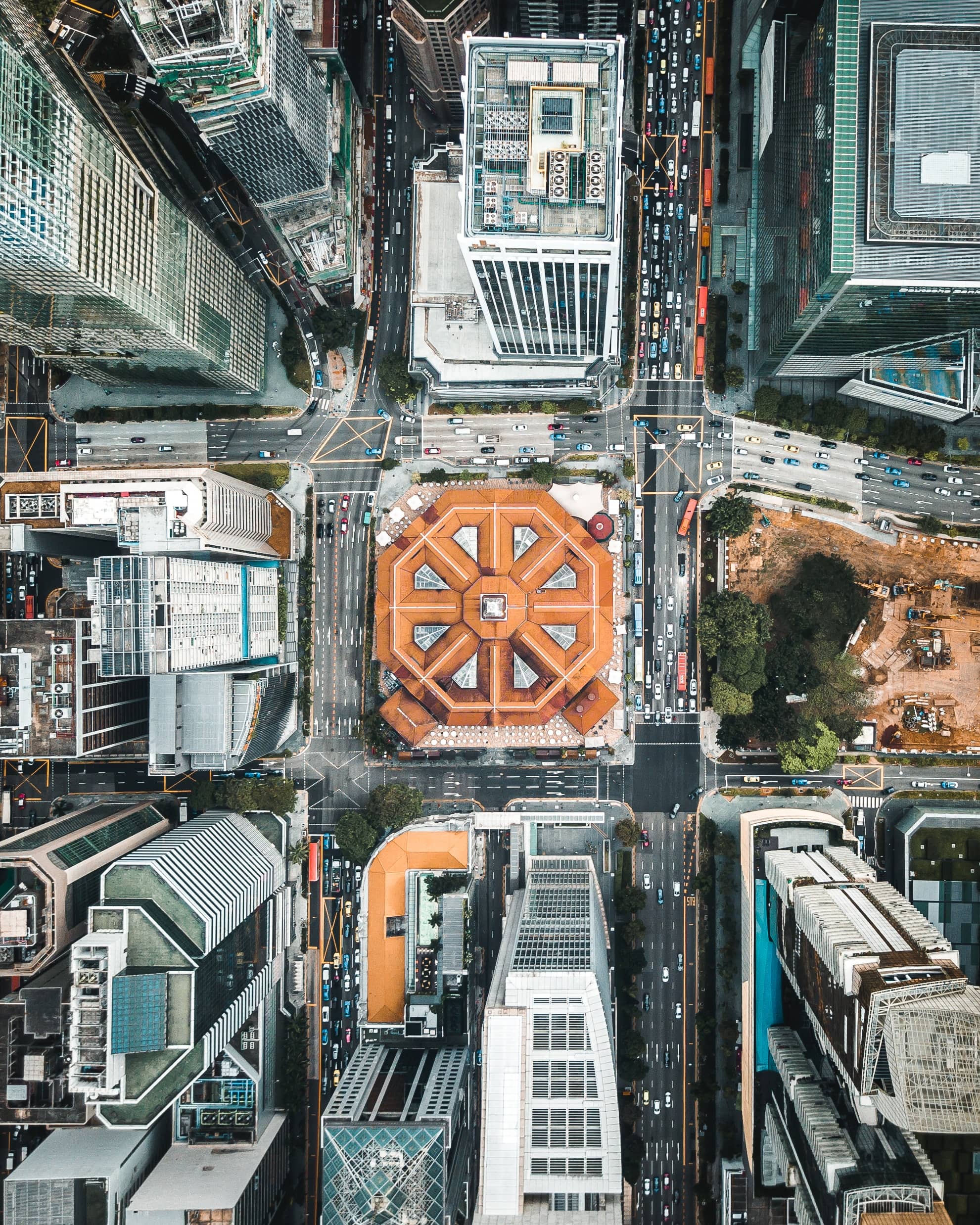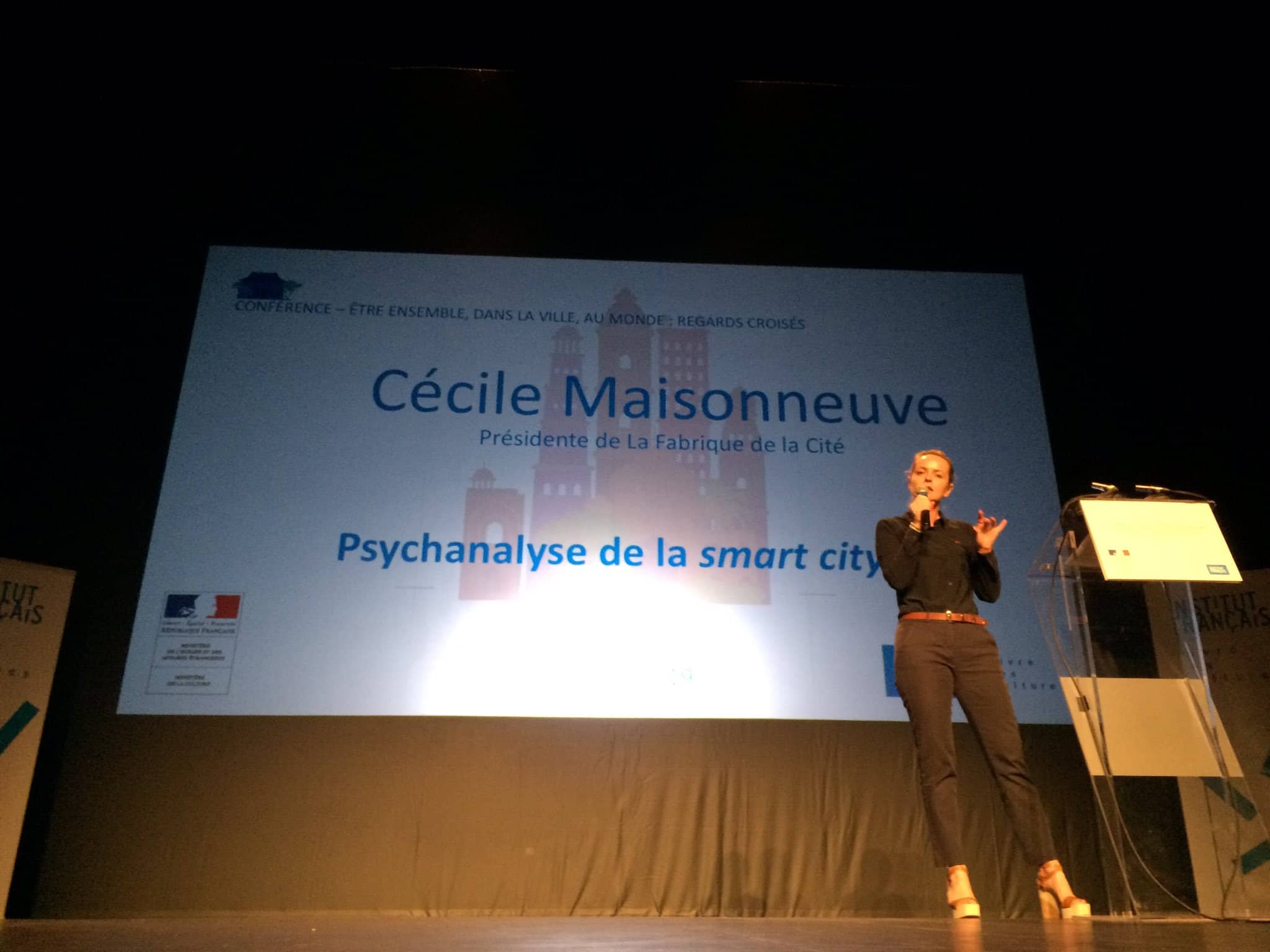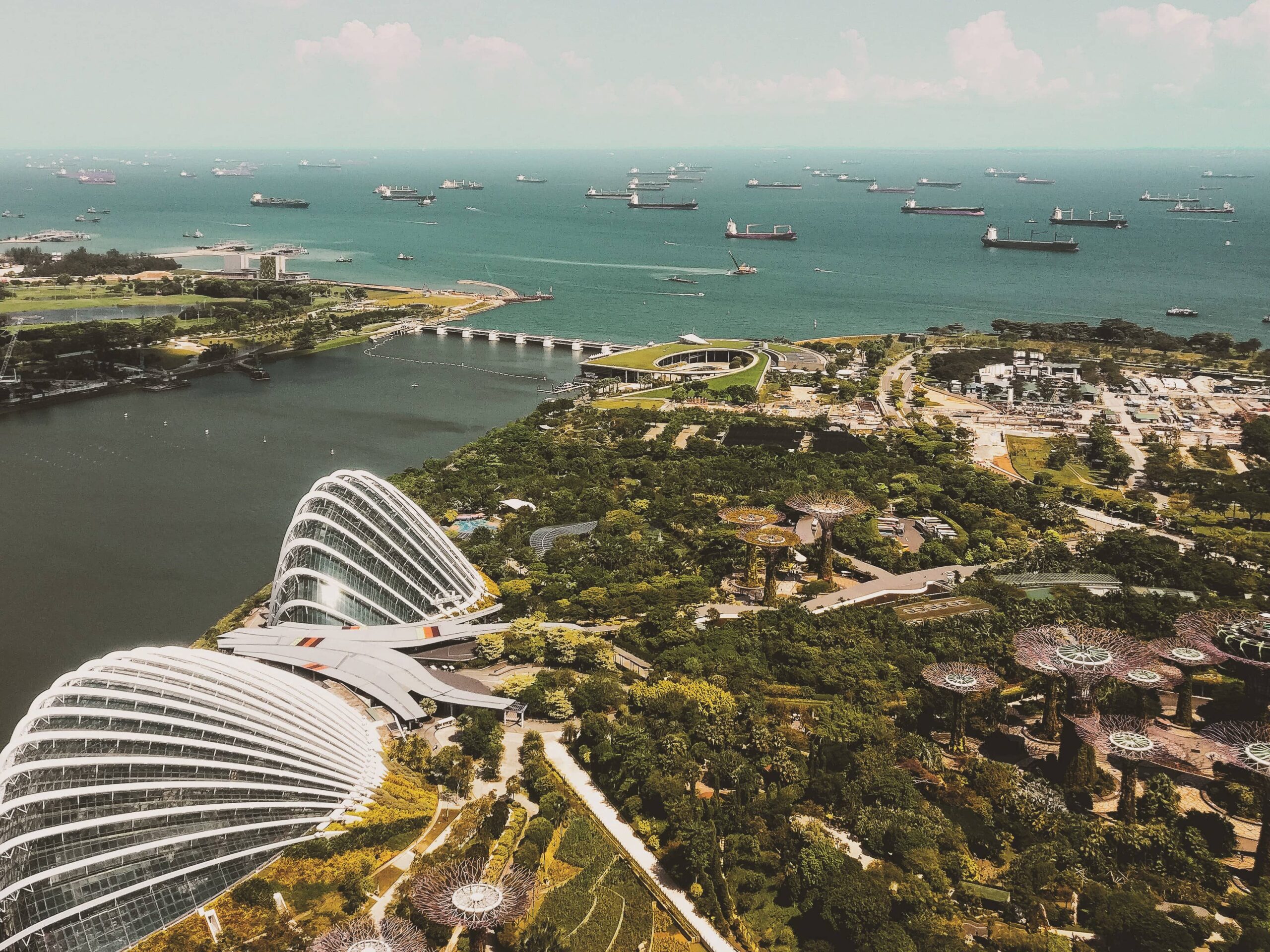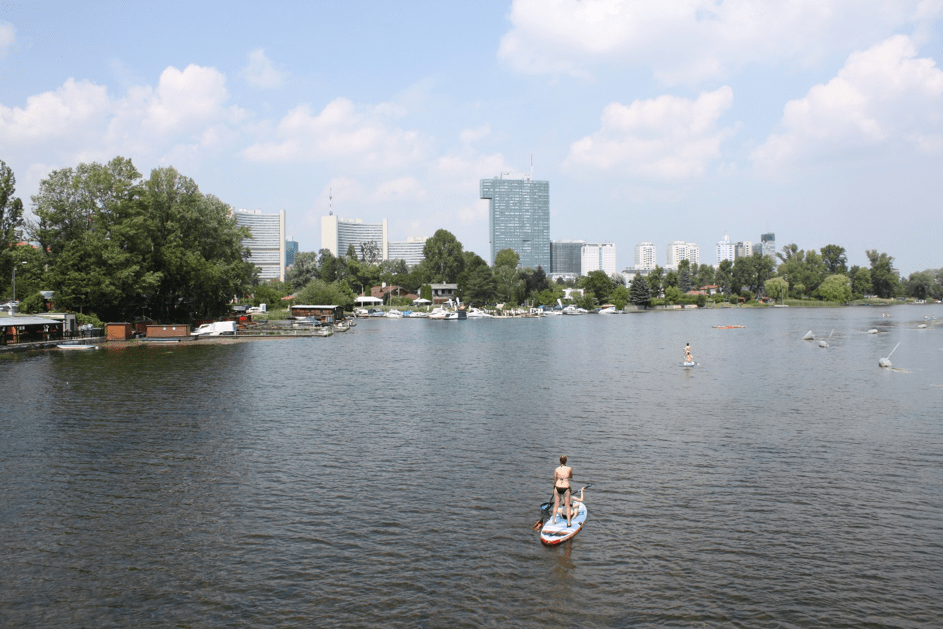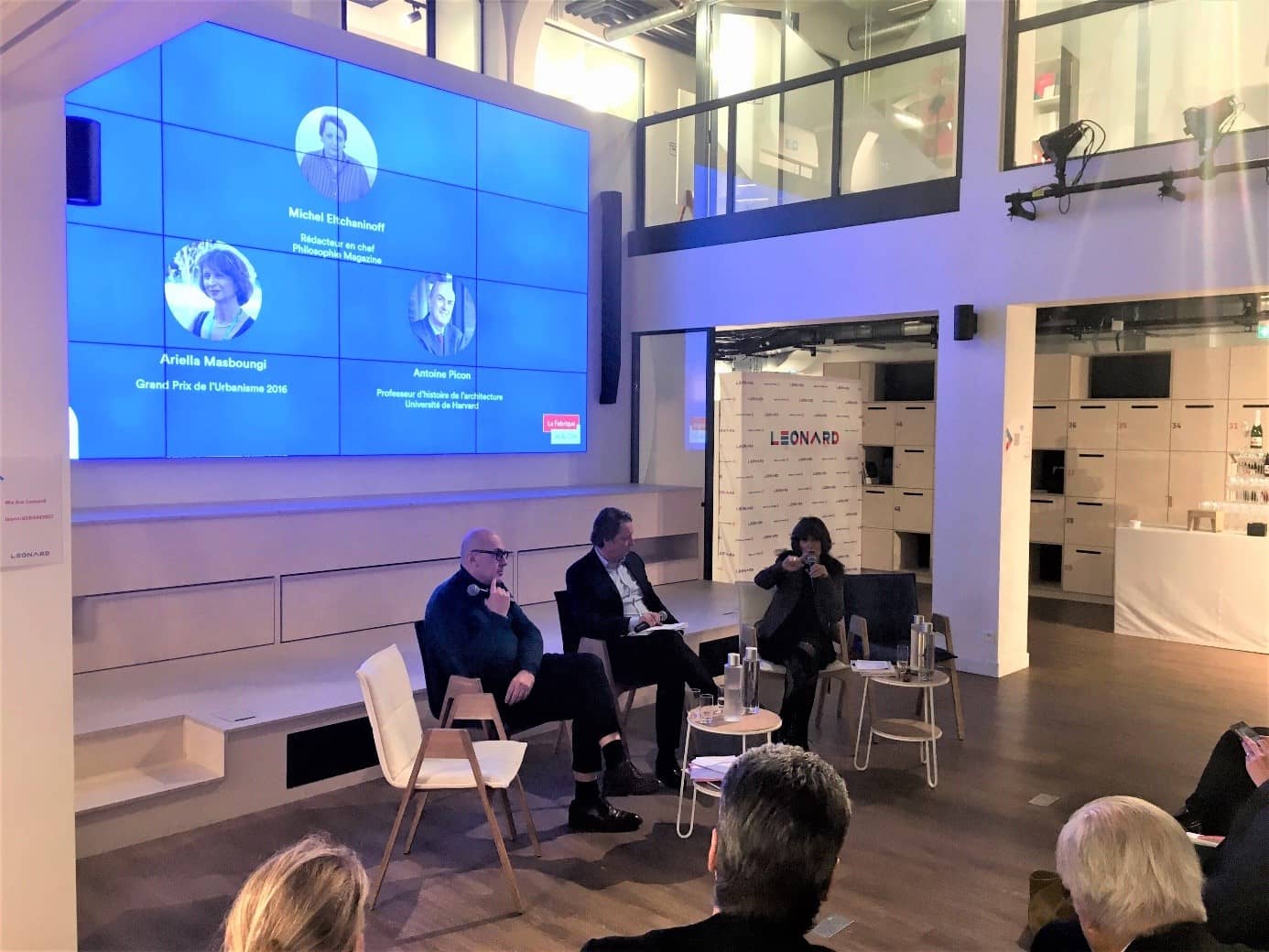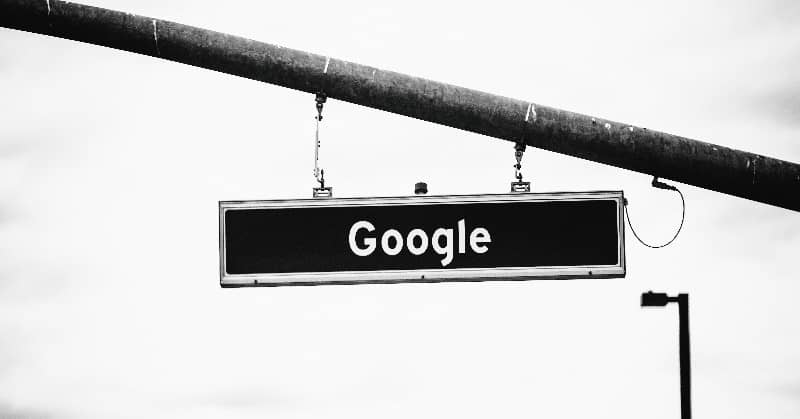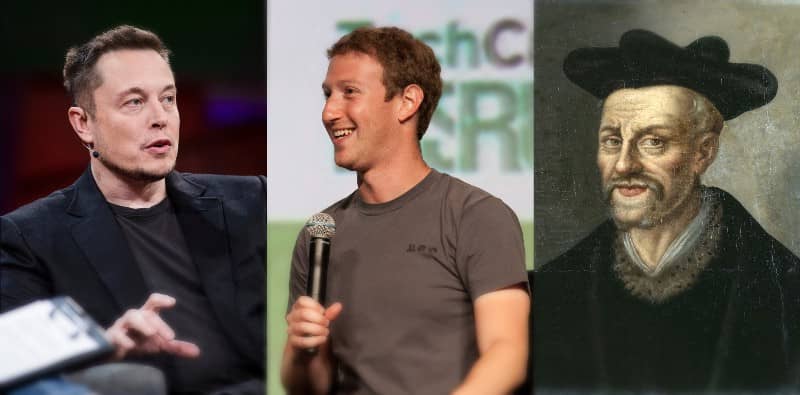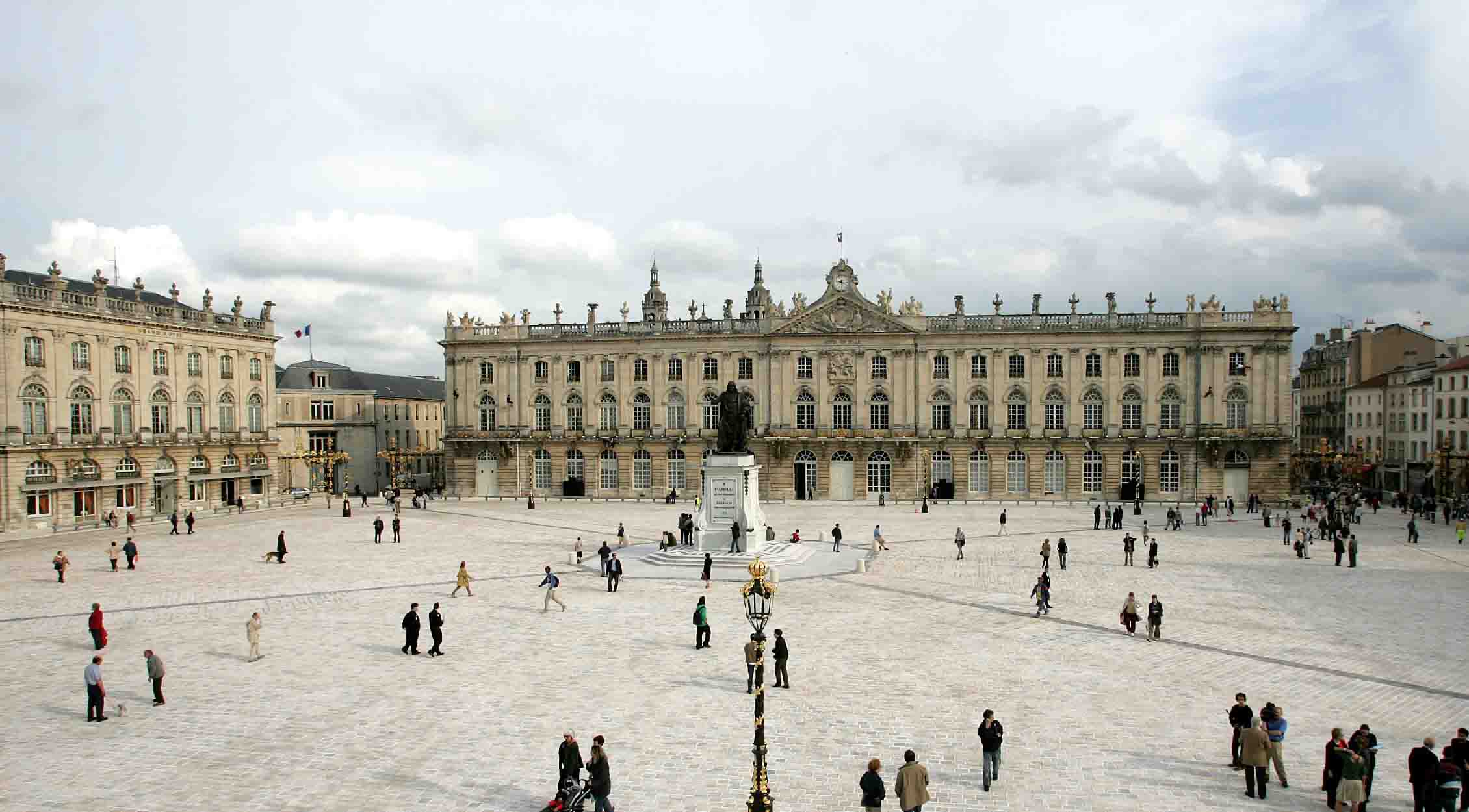

From smart to safe city, a (geo)political shift due to COVID-19?
At the height of the COVID-19 pandemic, while more and more countries were opting for lockdown, smart cities and their sophisticated digital devices did nothing to help avoid the ordinary quarantine of the cities where the model was deployed. Like everywhere else, social distancing has become the common rule with the use of tactical urbanism and improvised ephemeral devices, sometimes using simple pieces of tape. Smart cities were designed to optimize the functioning of information systems and urban networks, not the management of pandemic crises. Therefore, while it can hardly be said that the smart city model has been defeated, it certainly did not prove any more useful than the analog versions of cities. In a revelatory development, several smart city projects have recently been canceled, such as the Quayside project in Toronto, and Japan now prefers to talk of the “super city”, a city supported by the massive deployment of artificial intelligence.
In the meantime, another model formalized in recent years seems to benefit from the COVID-19 crisis: the safe city. Conceptualized in China, its purpose is to ensure the safety of individuals from petty crime, public health issues, or dangerous behaviors. The state-run model has more to do with city dwellers than with the city itself, and it raises questions about the respect of fundamental rights. Such is the case with the social credit system, the deployment of facial recognition technologies or the use in public spaces of robots collecting various biometric data, such as the body temperature of passers-by. In the context of a pandemic, the safe city appears compatible with the necessary mitigation of risks, including health-related risks. One would then think that the COVID-19 crisis will have played a definite role in the shift from the smart city and its unhealthy thinking to the safe city business model based on the elimination of undesirable hazards. This shift is not, however, only a matter of urban or economic issues: it is, first and foremost, a political and geopolitical change.
A political one, because the actors mobilized on the safe city front are of a more recent generation than those of the smart city. In addition, while the smart city’s starting point was large companies partnering with ecosystems of local actors, the safe city arises from government initiatives, in partnership with state-owned companies and public agencies. The transformation of the political regimes of planning and coordination of actors accompanies a geopolitical shift on a world scale in the background: that of an urban infrastructural model steeped in a liberal regime and formalized in the United States by Silicon Valley, to the urban and societal model of an authoritarian regime formalized by the Chinese central government and its national champions.
On the global scale, the expansion of the safe city and the decline of the smart city thus seem to reflect the opposite dynamics of China and the United States in the race for technological and economic hegemony, one of their privileged fields of investment happening to be cities – more specifically infrastructure for the smart city, citizen behaviors for the safe city. Does the vitality of the safe city herald a worldwide geopolitical shift to the Pacific-Asia area, which has become a pioneer of urban models and, beyond that, of social, economic and political regimes?
Between the two models and the two sides, where should the dynamics of European cities be located? In view of the potential totalitarian drifts of the safe city and of the fundamentally civic relationship Europeans maintain with their public spaces, it is to be hoped that the GDPR will inflect in a direction compatible with republican values the challenges posed to our democracies by the success of an authoritarian safe city boosted by the global fight against the COVID-19.
No time to read? La Fabrique de la Cité has got you covered. Check our newsletter #32.
To be informed of our upcoming publications, please subscribe to our newsletter and follow our Twitter and LinkedIn accounts.
These other publications may also be of interest to you:
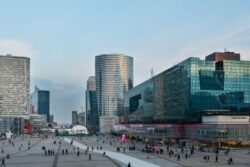
Death and life of CBD
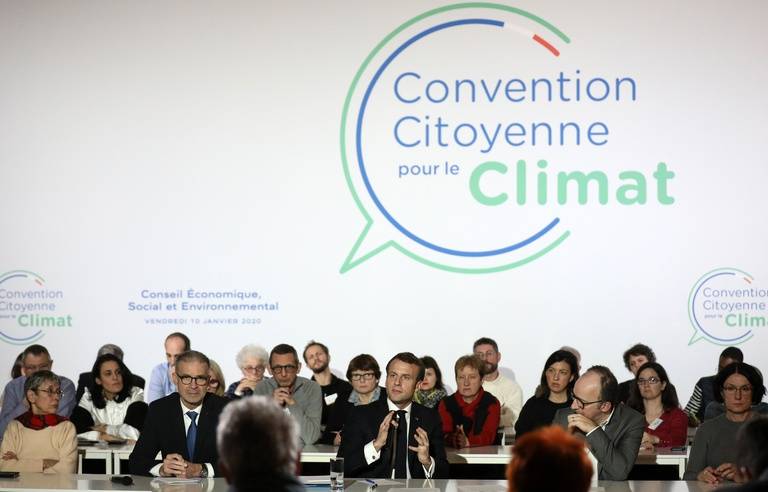
Is resilience useful?
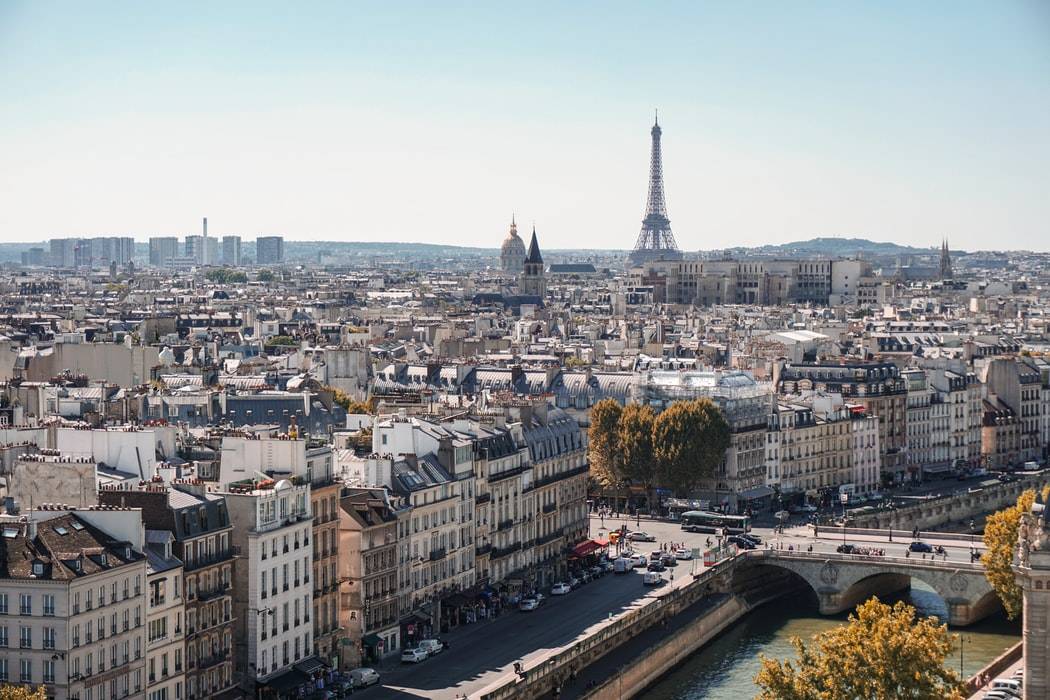
Long live urban density!
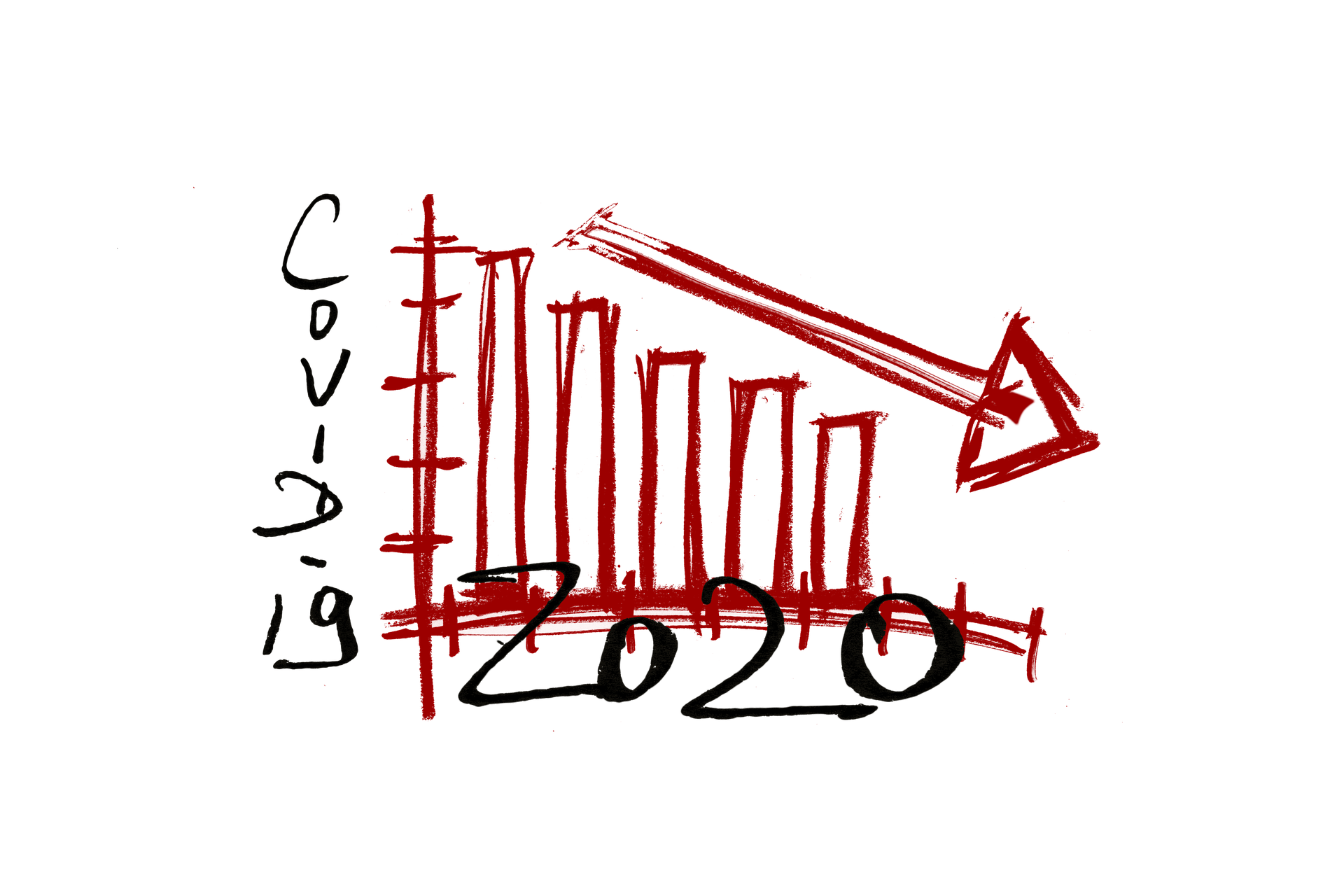
Behind the words: Recovery
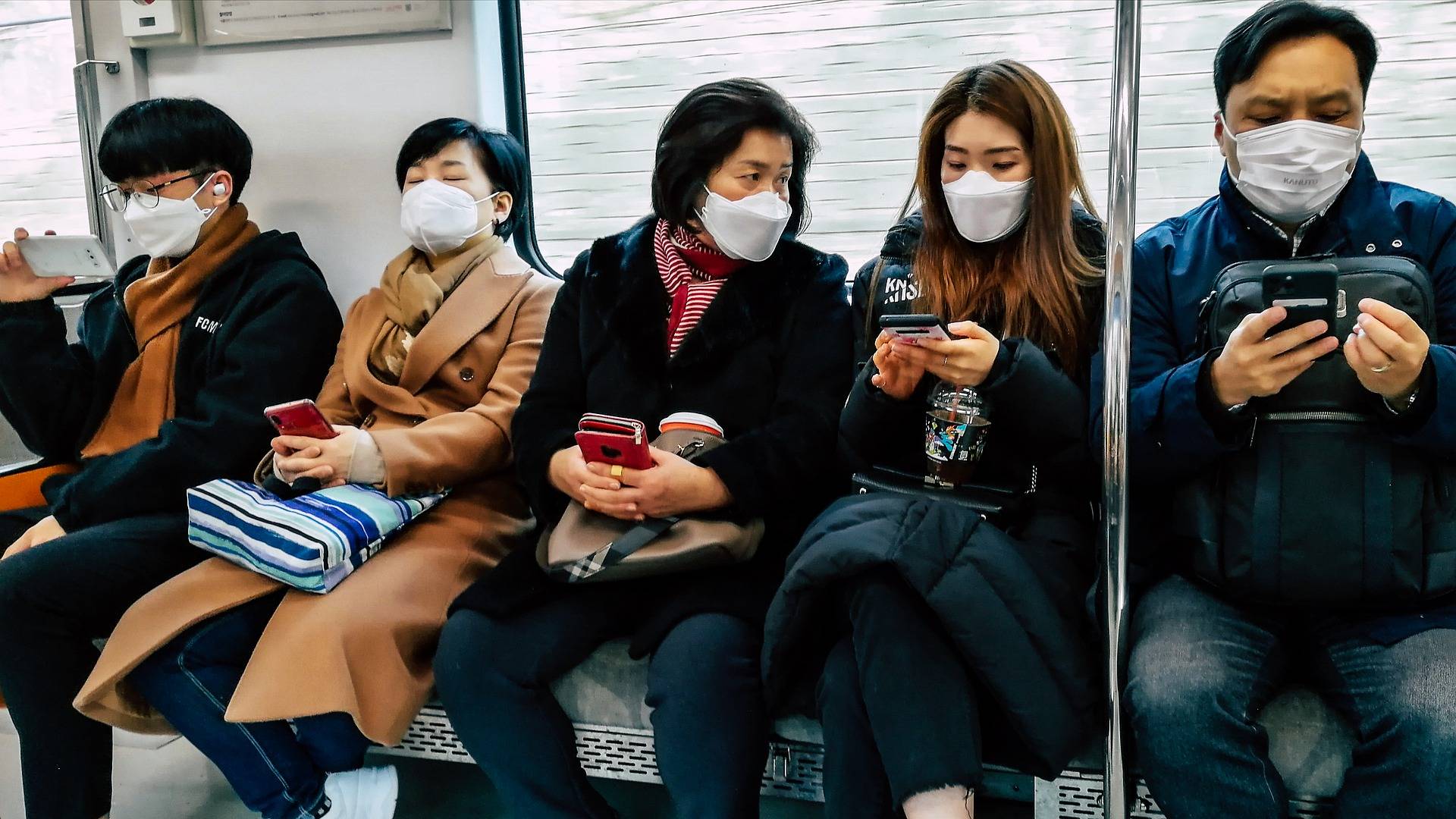
Sending out an SOS
The ideal culprit
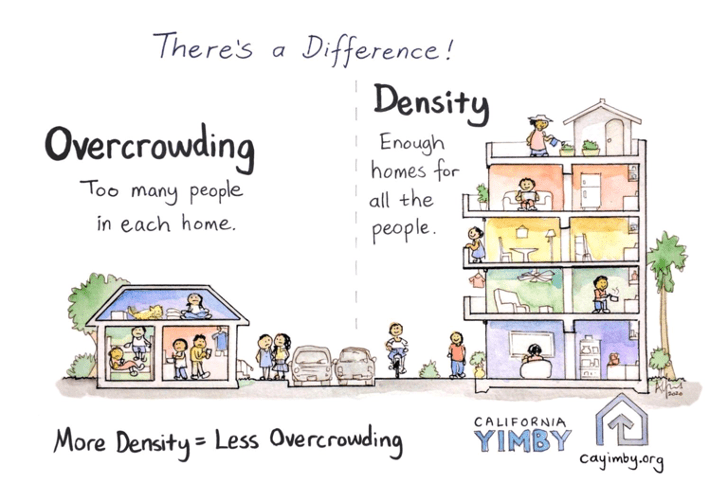
Behind the words: density

Behind the words: telecommuting
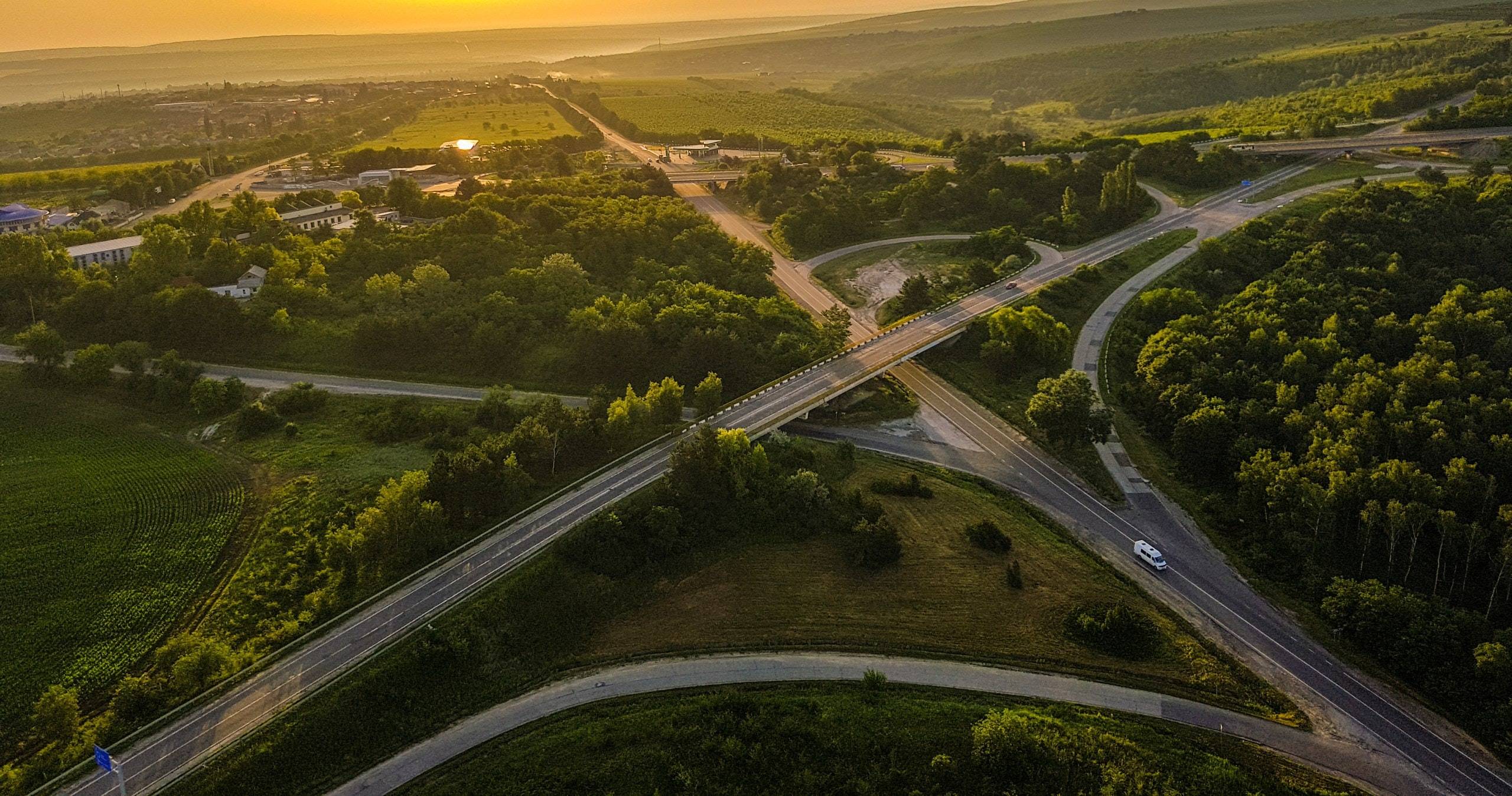
Behind the words: urban congestion

Behind the words: food security
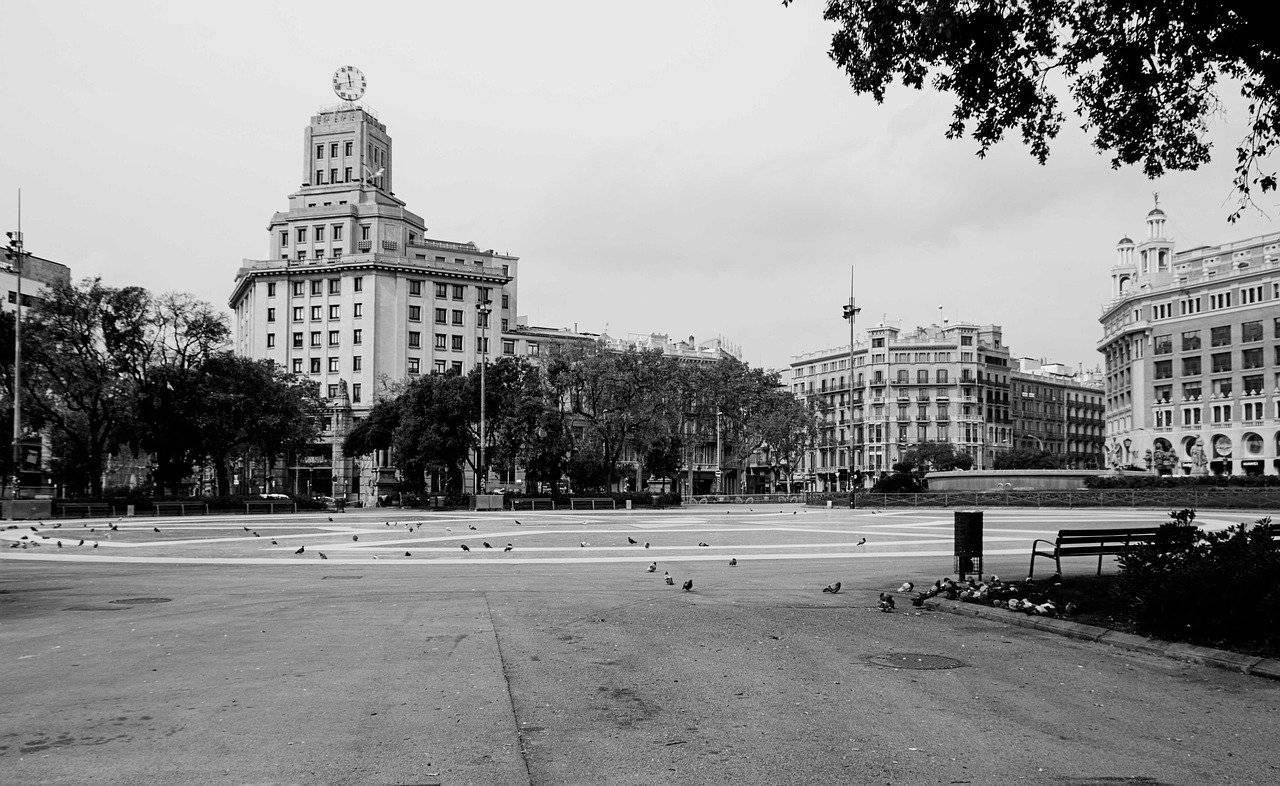
180° Turn
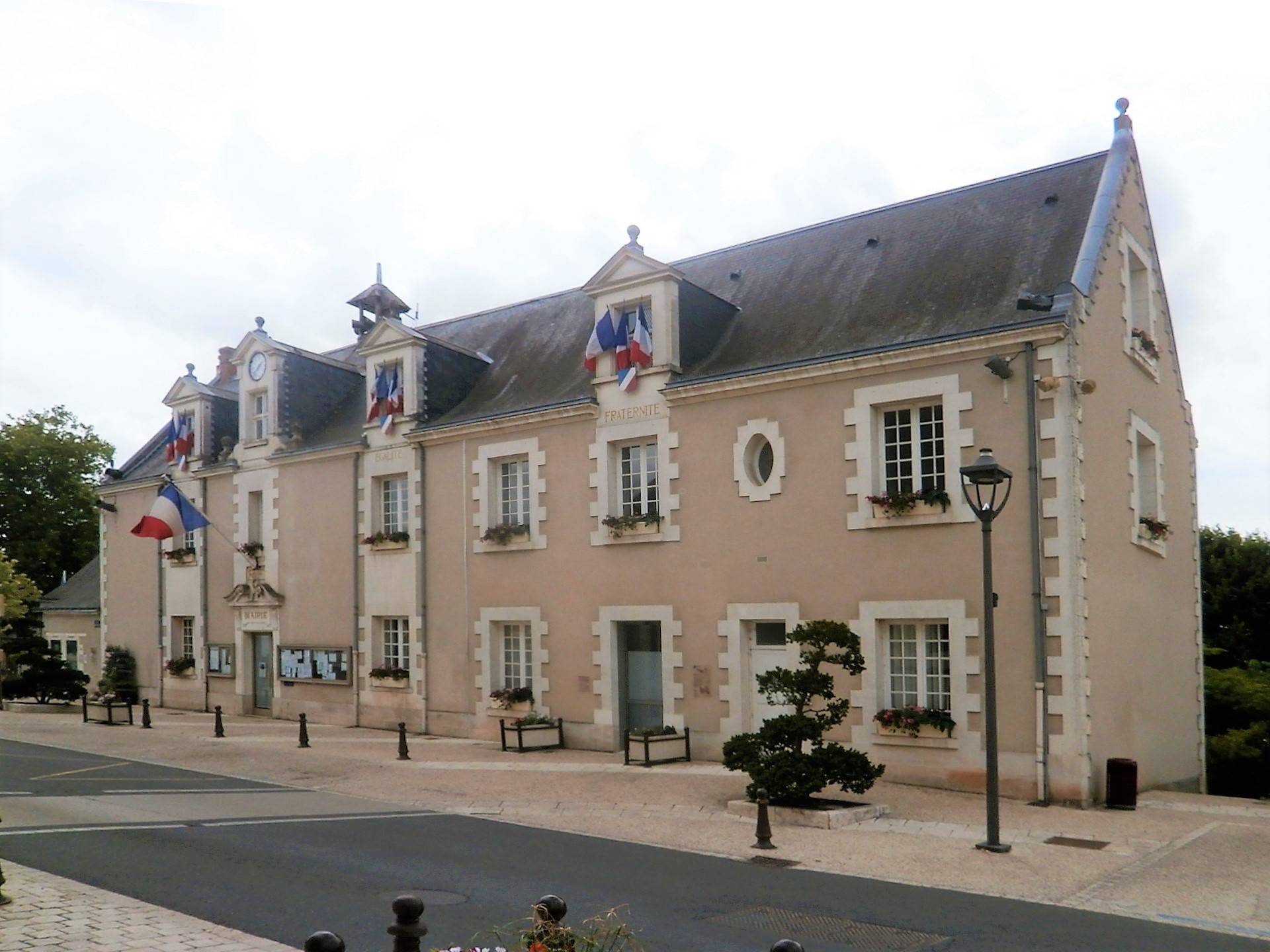
Cities in safe boot mode
Across cities in crisis
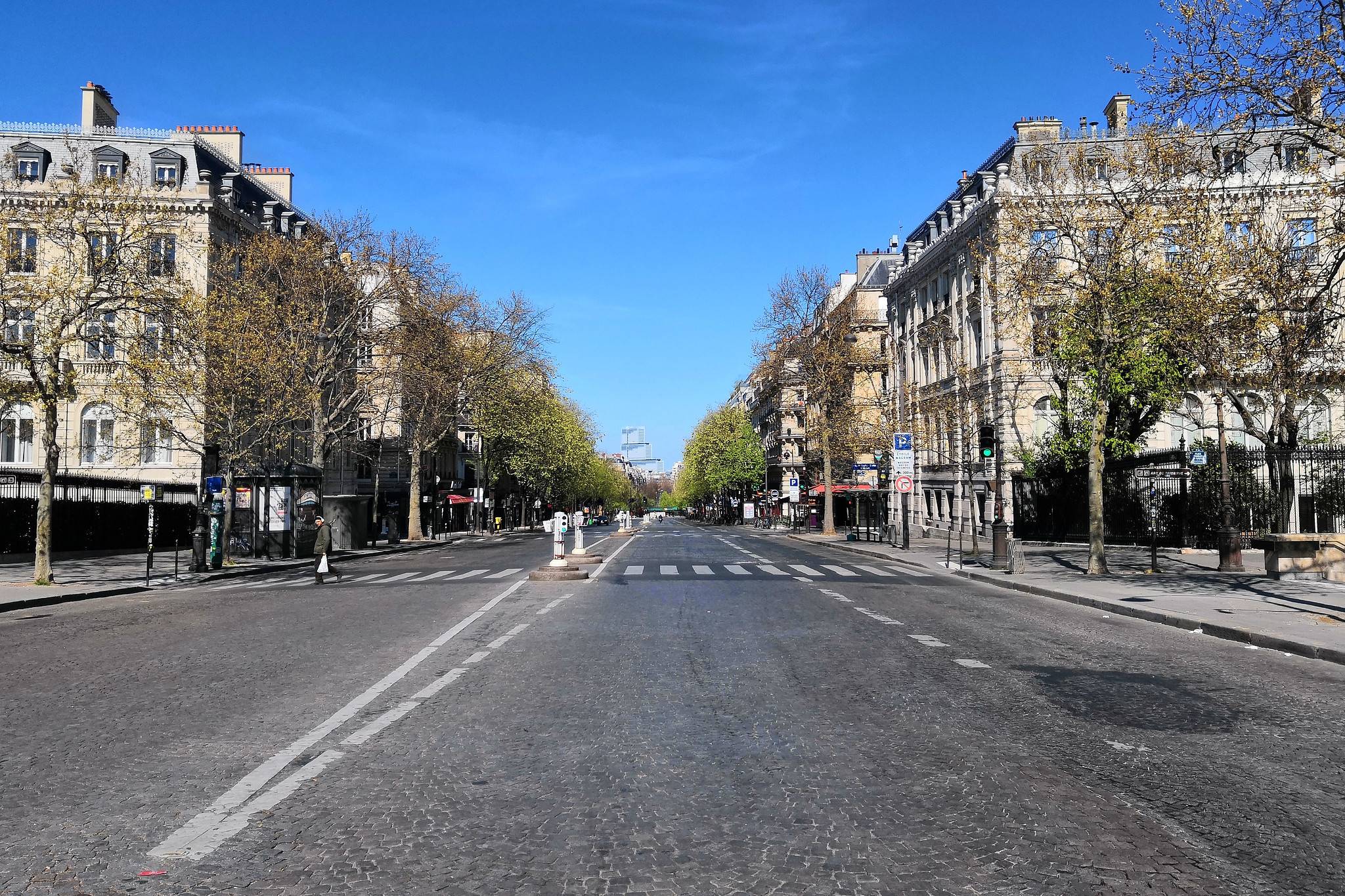
A street named desire

Toronto: How far can the city go?
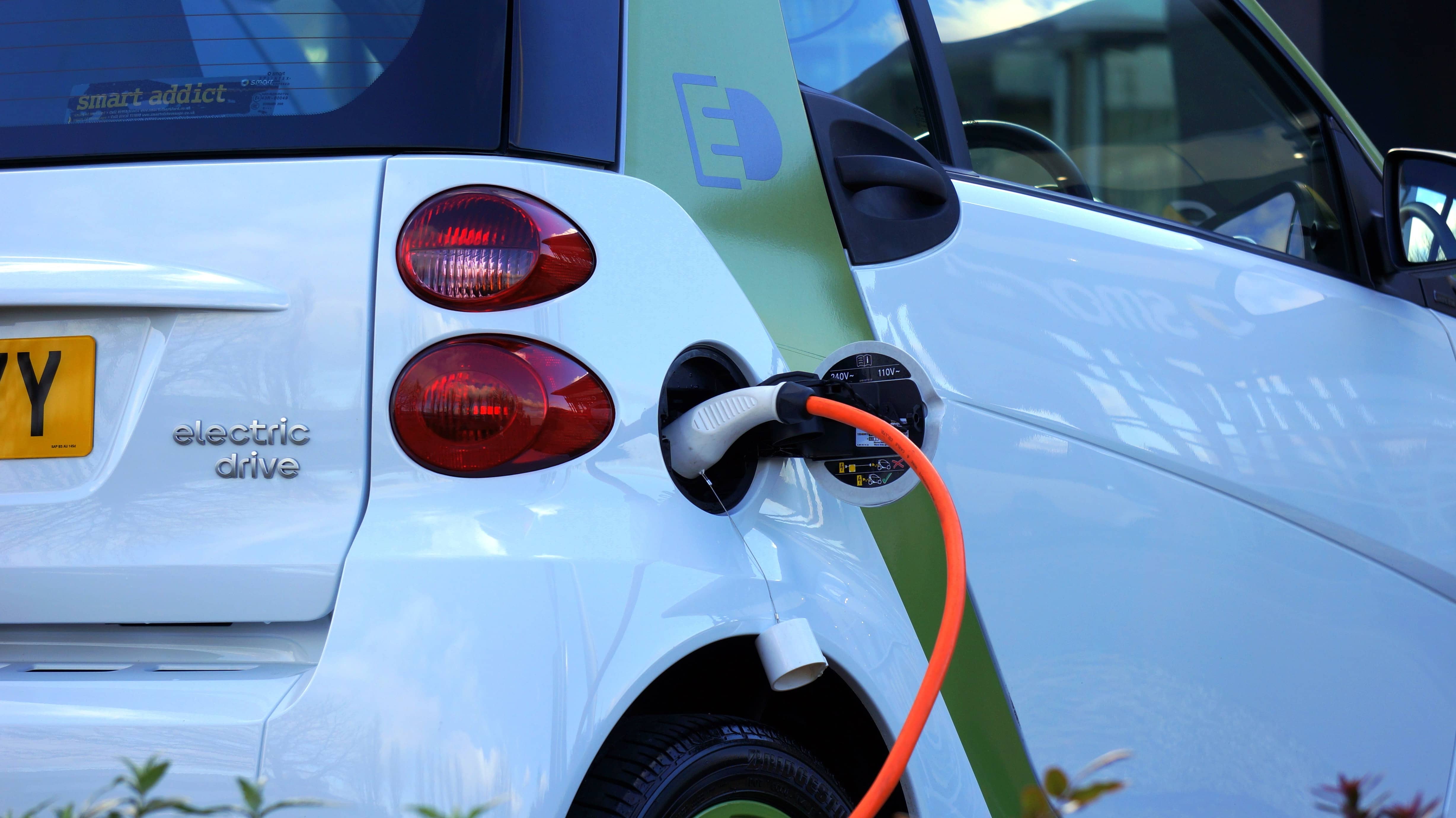
The political and technological challenges of future mobilities
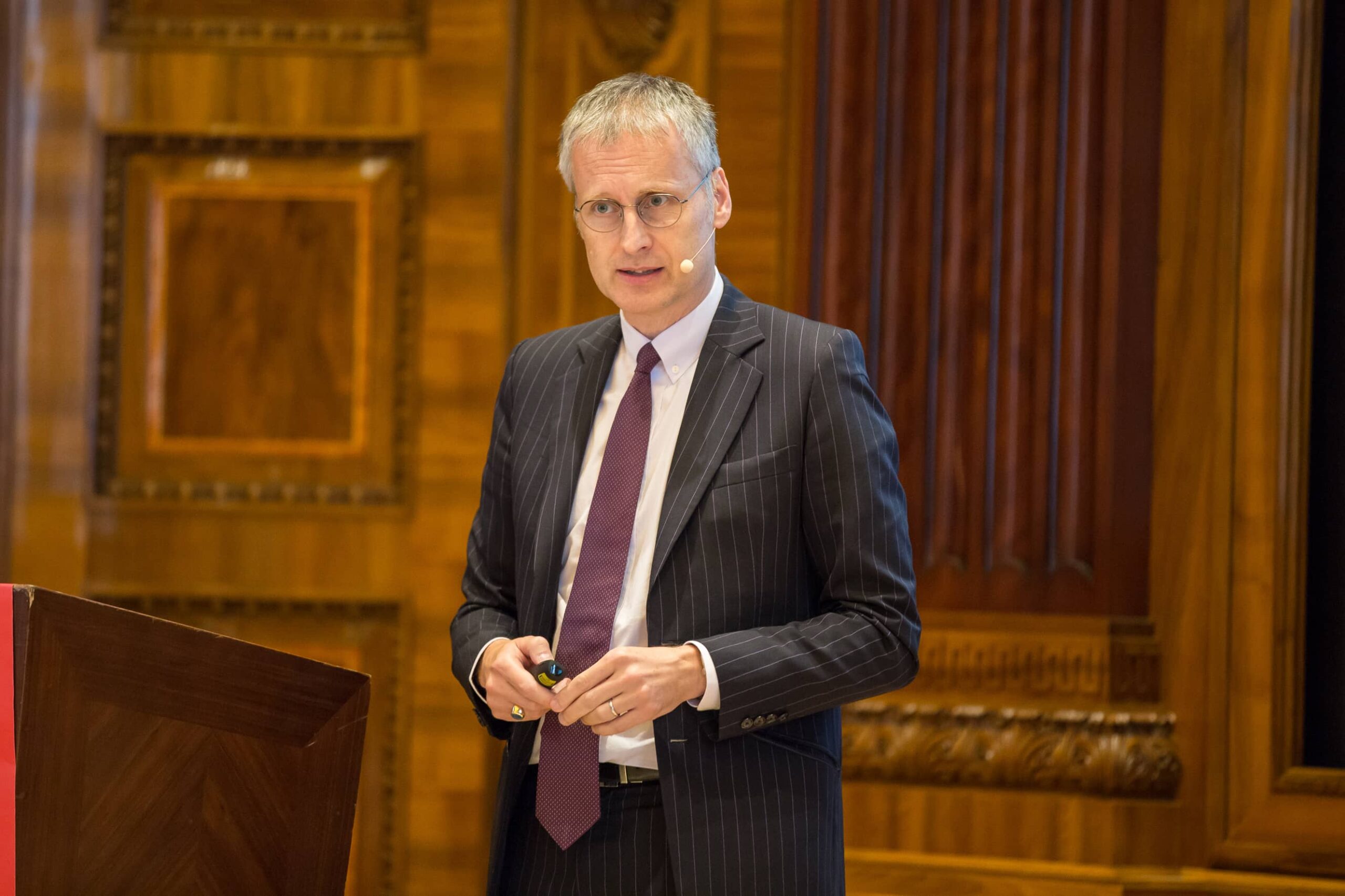
Viktor Mayer-Schönberger: what role does big data play in cities?
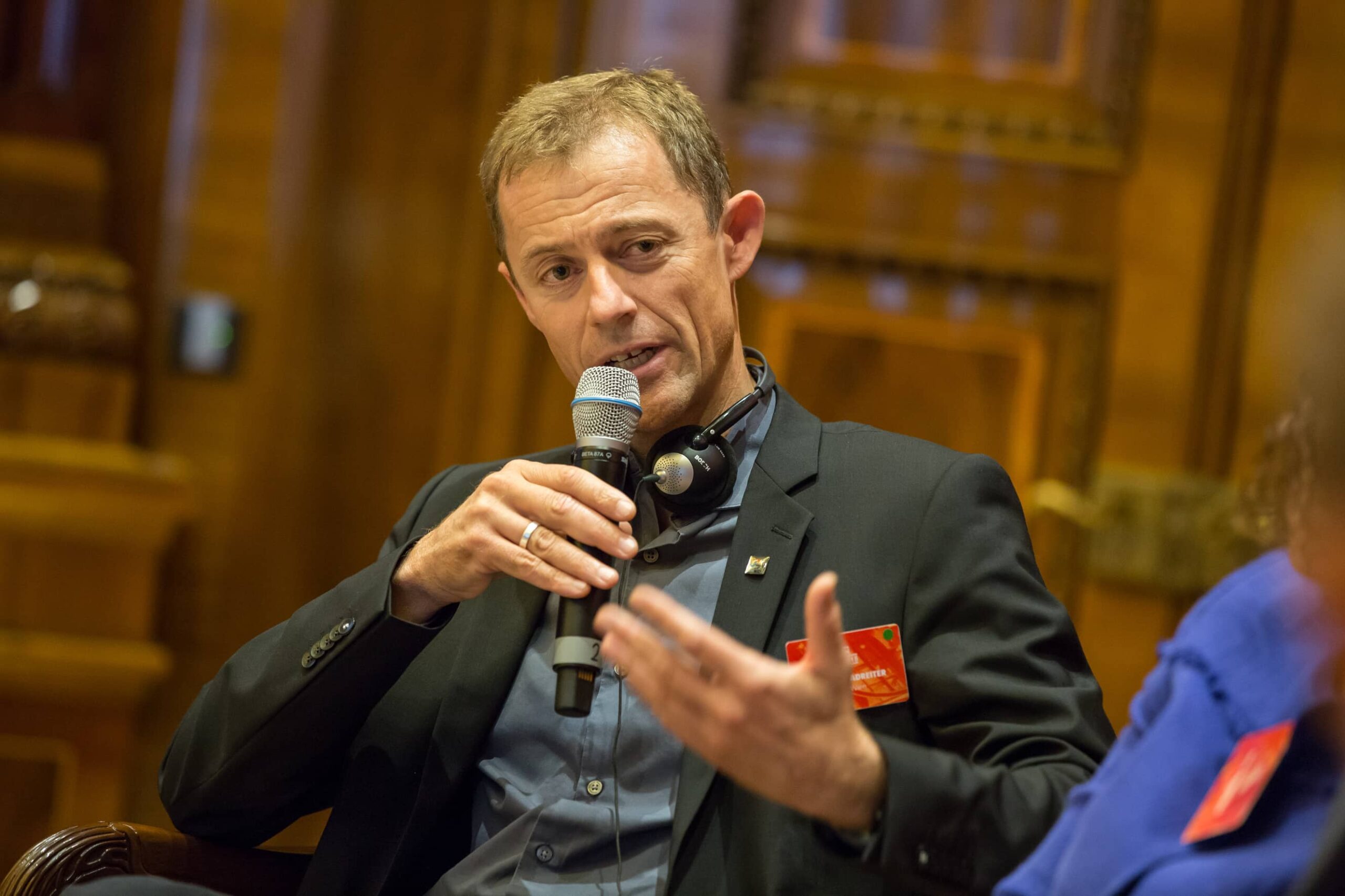
Thomas Madreiter: Vienna and the smart city
La Fabrique de la Cité
La Fabrique de la Cité is a think tank dedicated to urban foresight, created by the VINCI group, its sponsor, in 2010. La Fabrique de la Cité acts as a forum where urban stakeholders, whether French or international, collaborate to bring forth new ways of building and rebuilding cities.














